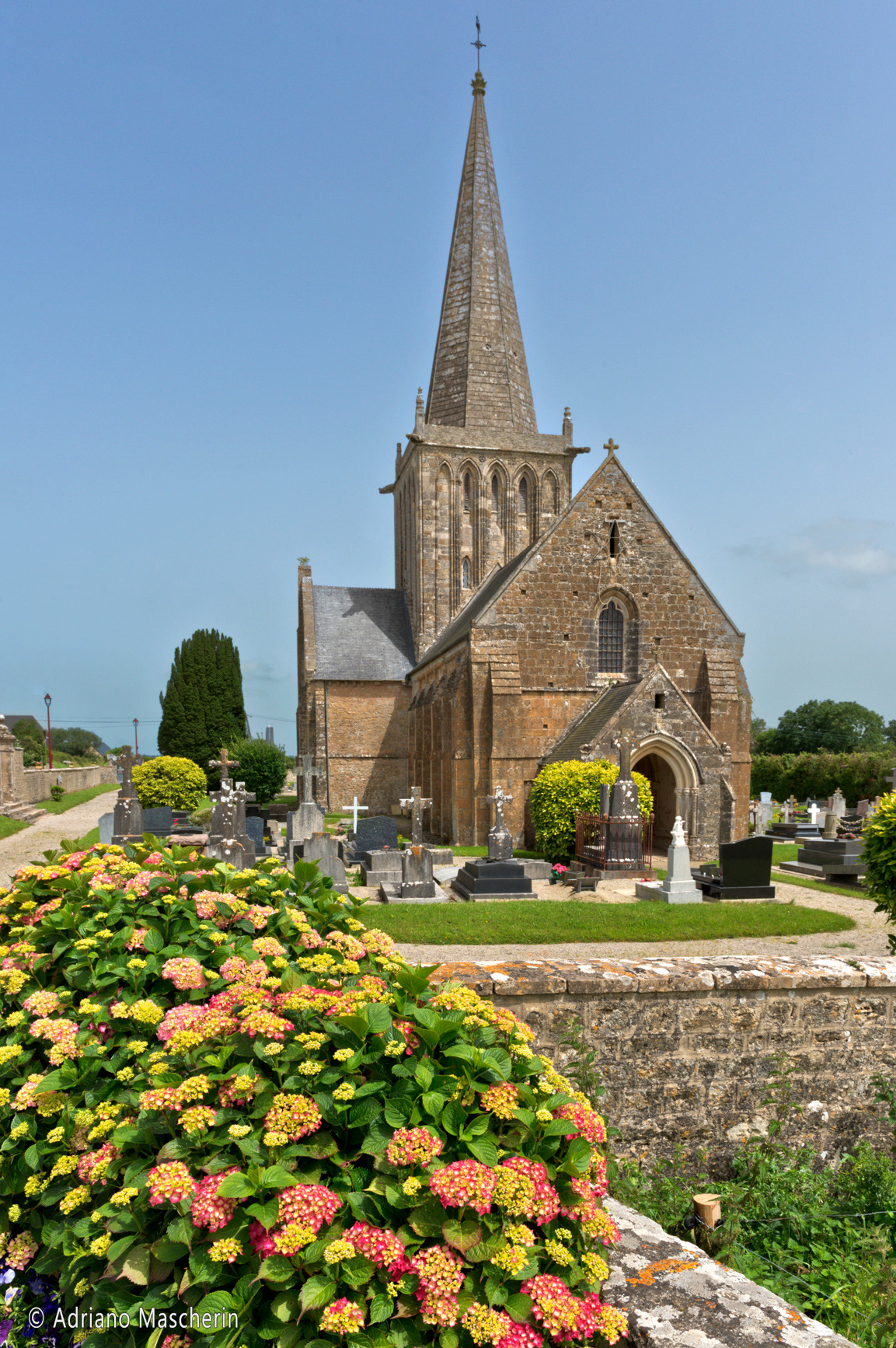L'architettura normanna è uno stile architettonico che rientra nel più ampio alveo del romanico e che venne sviluppato dai Normanni nelle varie terre su cui estesero il loro dominio nell'XI e XII secolo. I manufatti costruiti in questo stile comprendono sia architetture religiose che militari e civili e sono caratterizzati dall'uso dell'arco a tutto sesto, in seguito ogivale e da proporzioni che li rendono particolarmente massicci in confronto alle altre varianti regionali del romanico. Dal V secolo ai giorni nostri, le chiese e le abbazie hanno avuto un ruolo molto importante sia nel piano spirituale, intellettuale e artistico, sia in quello politico ed economico.
Se ne contano 120 all’epoca del loro apogeo, oggi ne rimangono una sessantina che costituiscono un patrimonio architettonico di notevole bellezza e ricchezza. Le abbazie normanne sono di fondazione millenaria, fonti di una vasta erudizione, con un ricco passato e un presente che contiene la promessa del futuro. Situate sulle strade dei grandi pellegrinaggi cristiani, alcune continuano a far parte di una comunità religiosa e altre si sono trasformate in musei o centri culturali. Rovine sublimi o proprietà private, ci portano fuori dal tempo, nel cuore del mistero.
Se ne contano 120 all’epoca del loro apogeo, oggi ne rimangono una sessantina che costituiscono un patrimonio architettonico di notevole bellezza e ricchezza. Le abbazie normanne sono di fondazione millenaria, fonti di una vasta erudizione, con un ricco passato e un presente che contiene la promessa del futuro. Situate sulle strade dei grandi pellegrinaggi cristiani, alcune continuano a far parte di una comunità religiosa e altre si sono trasformate in musei o centri culturali. Rovine sublimi o proprietà private, ci portano fuori dal tempo, nel cuore del mistero.
Ne vedrete qualche piccolo esempio nella galleria.
Norman architecture is an architectural style that falls within the broader bed of the Romanesque and was developed by the Normans in the various lands on which they extended their dominion in the 11th and 12th centuries. The artifacts built in this style include both religious, military and civil architecture and are characterized by the use of the round arch, later ogival and by proportions that make them particularly massive in comparison to the other regional variants of the Romanesque. From the fifth century to the present day, churches and abbeys have played a very important role both in the spiritual, intellectual and artistic, as well as in the political and economic one.
There are 120 of them at the time of their apogee, today there are about sixty that constitute an architectural heritage of considerable beauty and richness. The Norman abbeys are of millennial foundation, sources of a vast erudition, with a rich past and a present that contains the promise of the future. Located on the roads of great Christian pilgrimages, some continue to be part of a religious community and others have turned into museums or cultural centers. Sublime ruins or private properties, take us out of time, into the heart of the mystery.
You will see some small examples in the gallery.
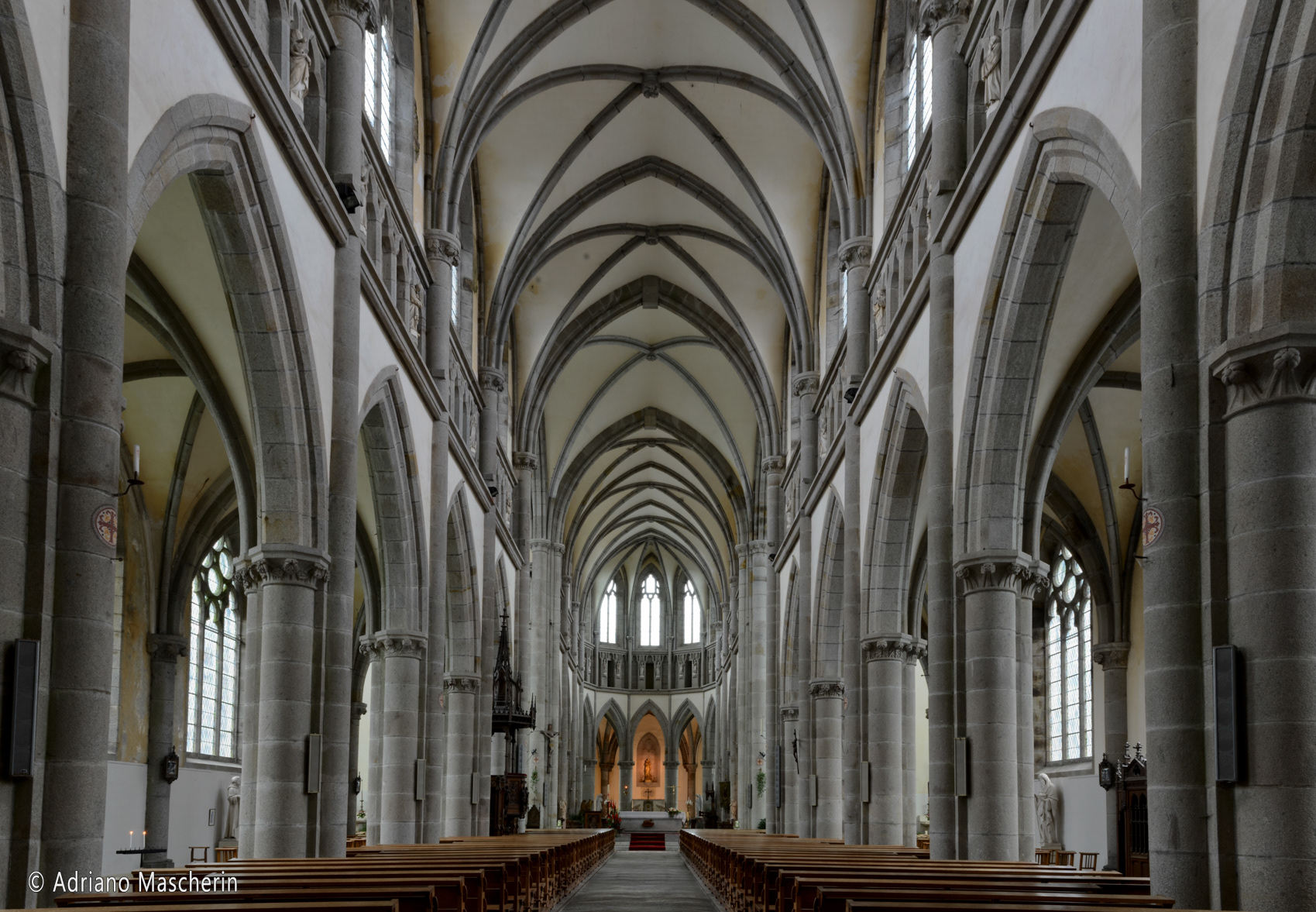
Avranches - Eglise N.D. des Champs
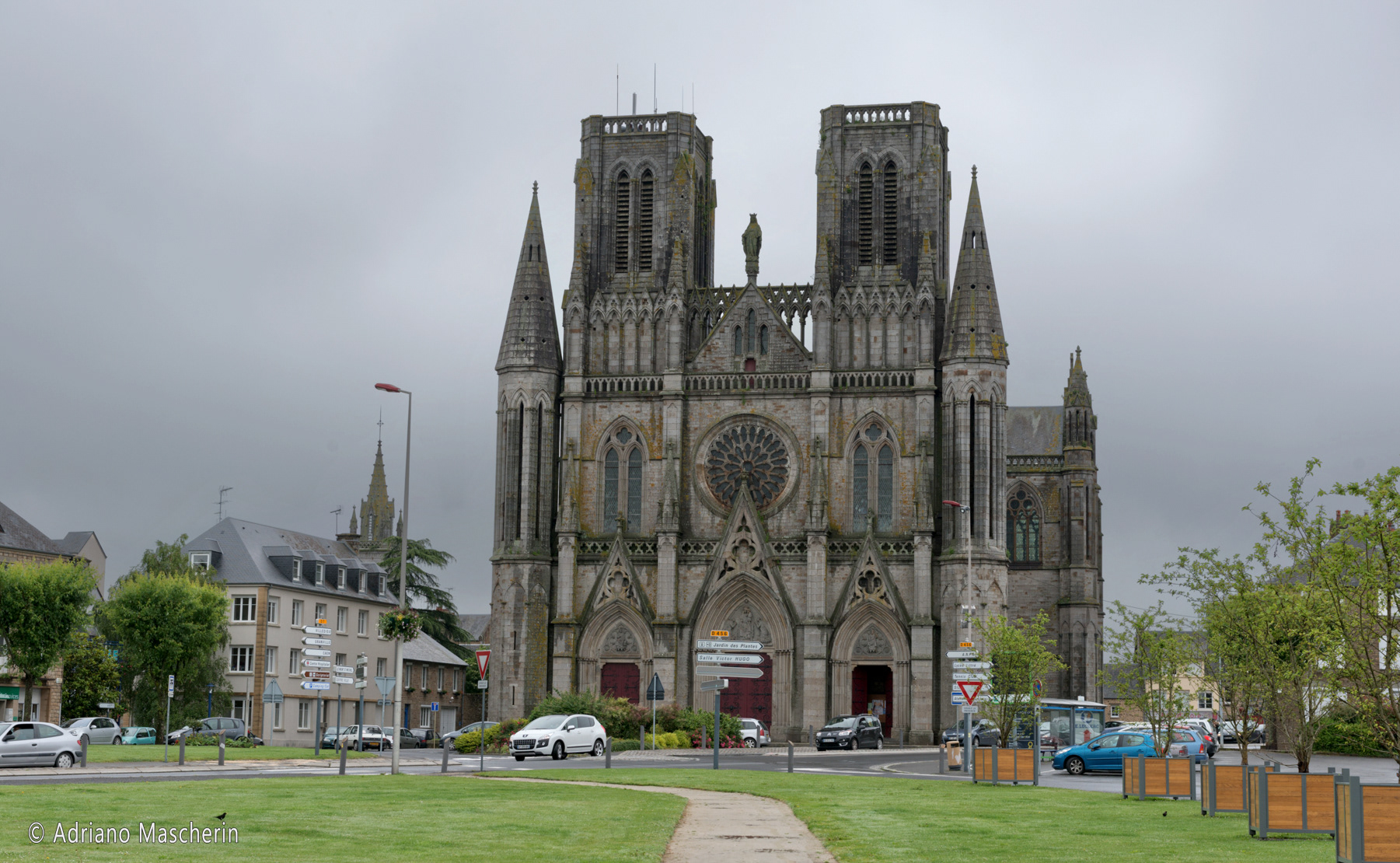
Avranches - Eglise N.D. des Champs
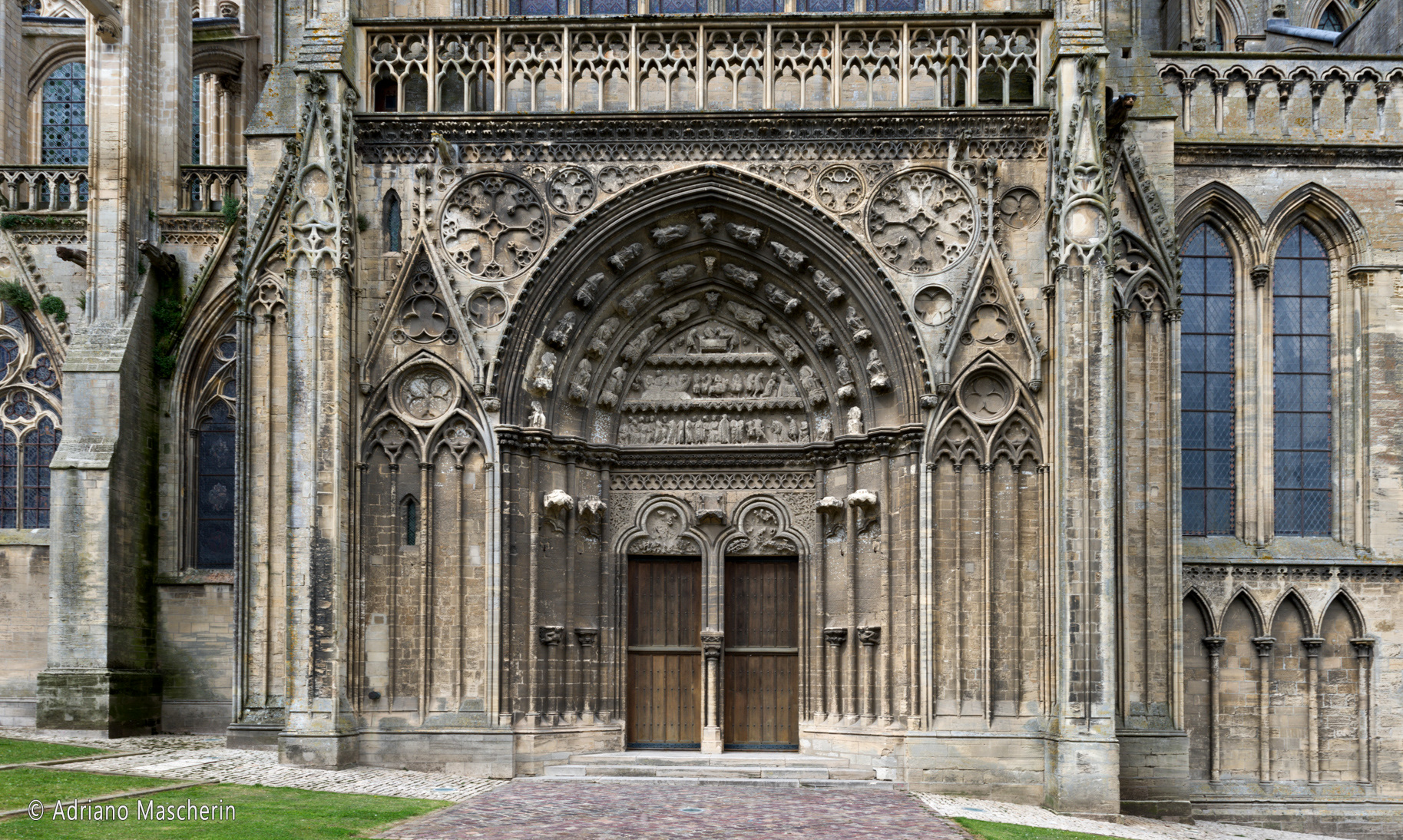
Bayeaux - Cathedale N.D. de Bayeux
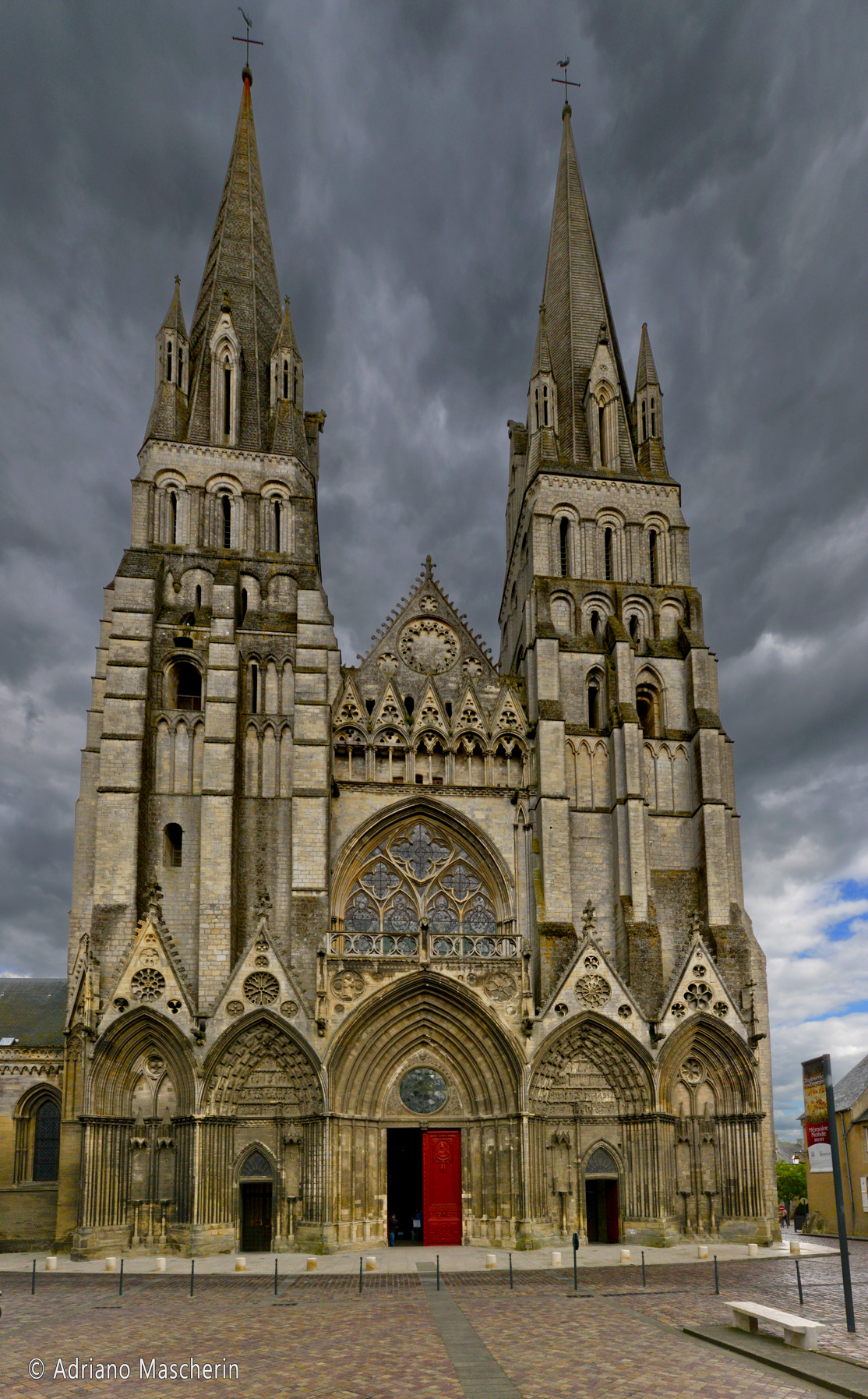
Bayeaux - Cathedale N.D. de Bayeux
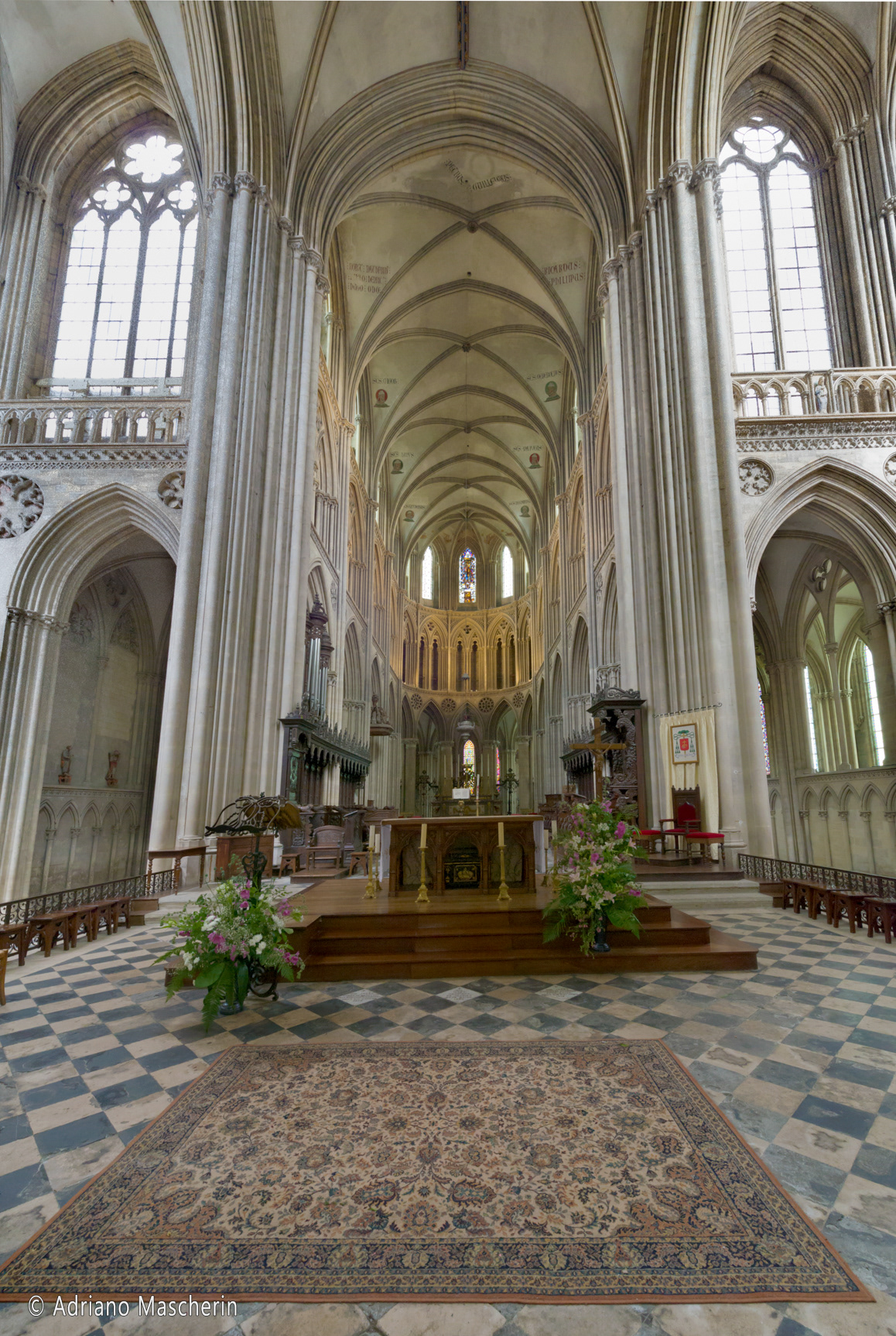
Bayeaux - Cathedale N.D. de Bayeux

Bayeaux - Cathedale N.D. de Bayeux
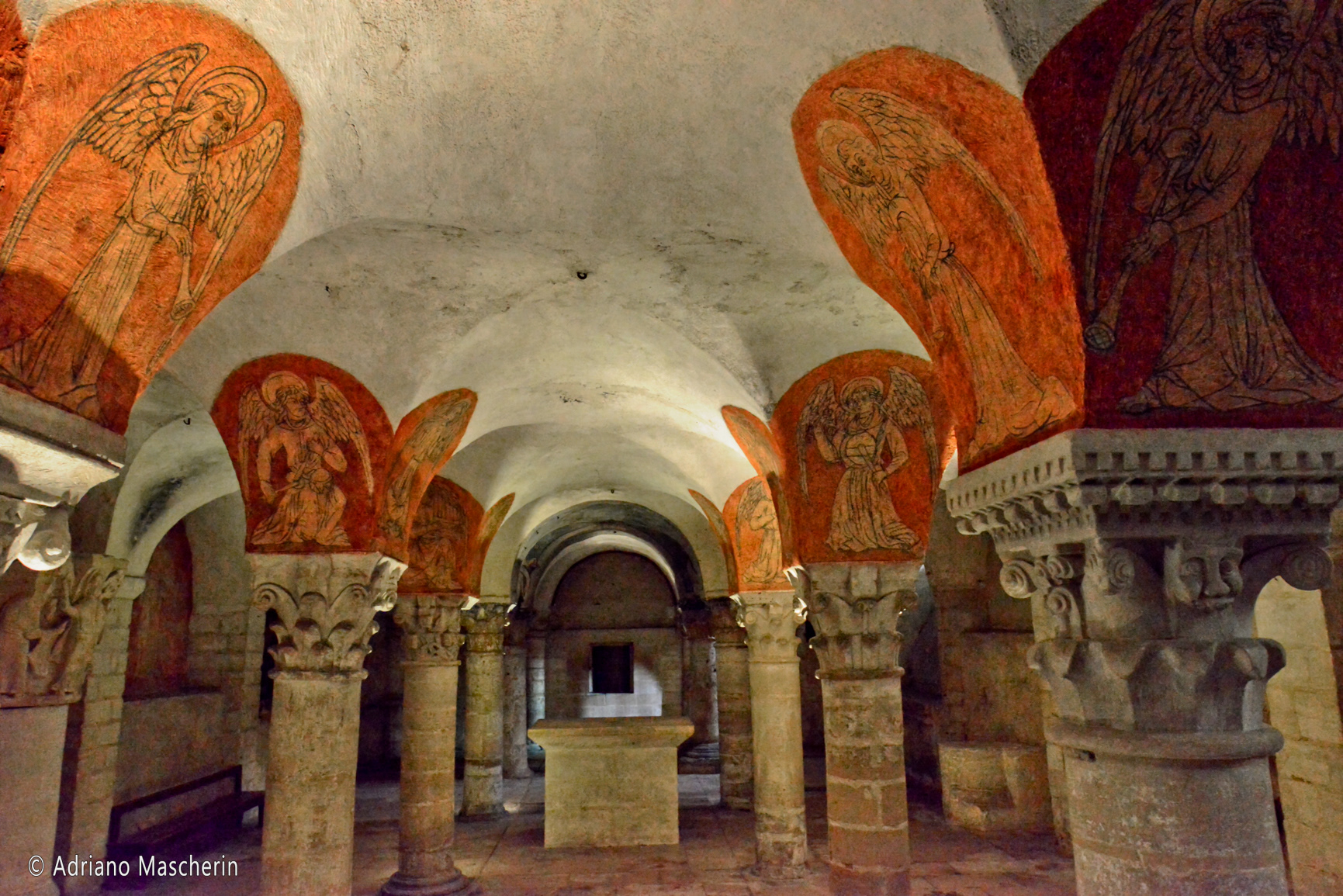
Bayeaux - Cathedale N.D. de Bayeux
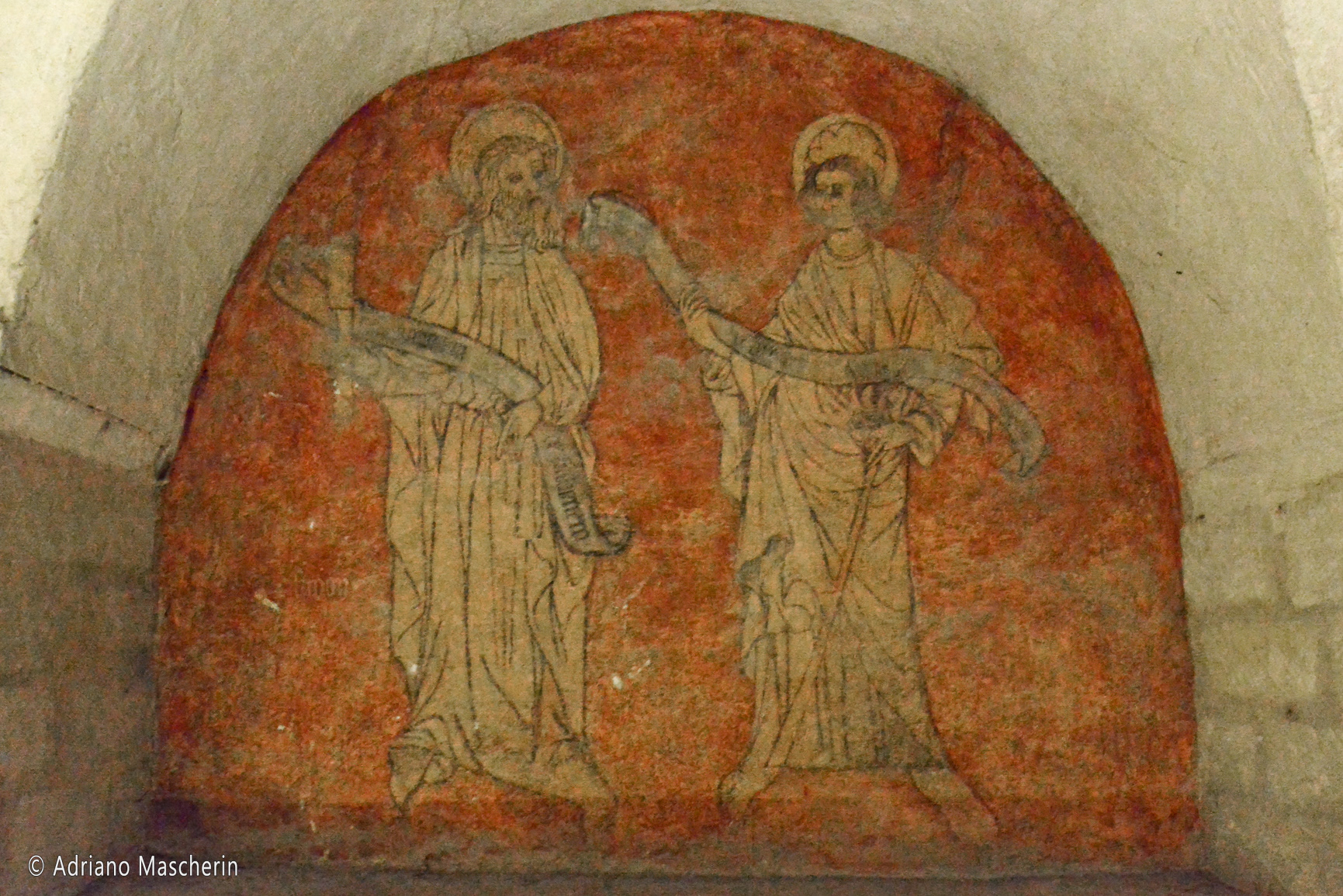
Bayeaux - Cathedale N.D. de Bayeux
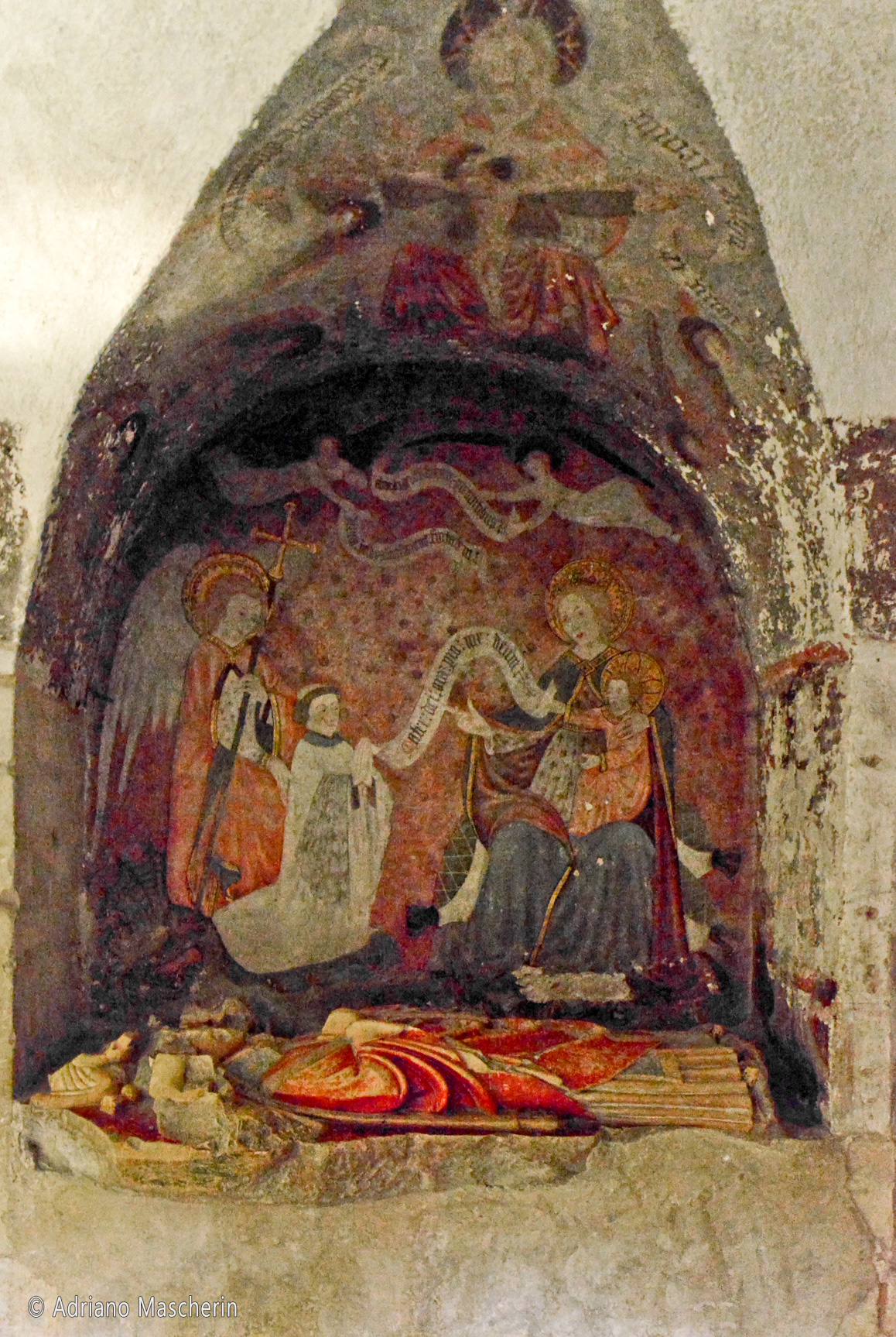
Bayeaux - Cathedale N.D. de Bayeux
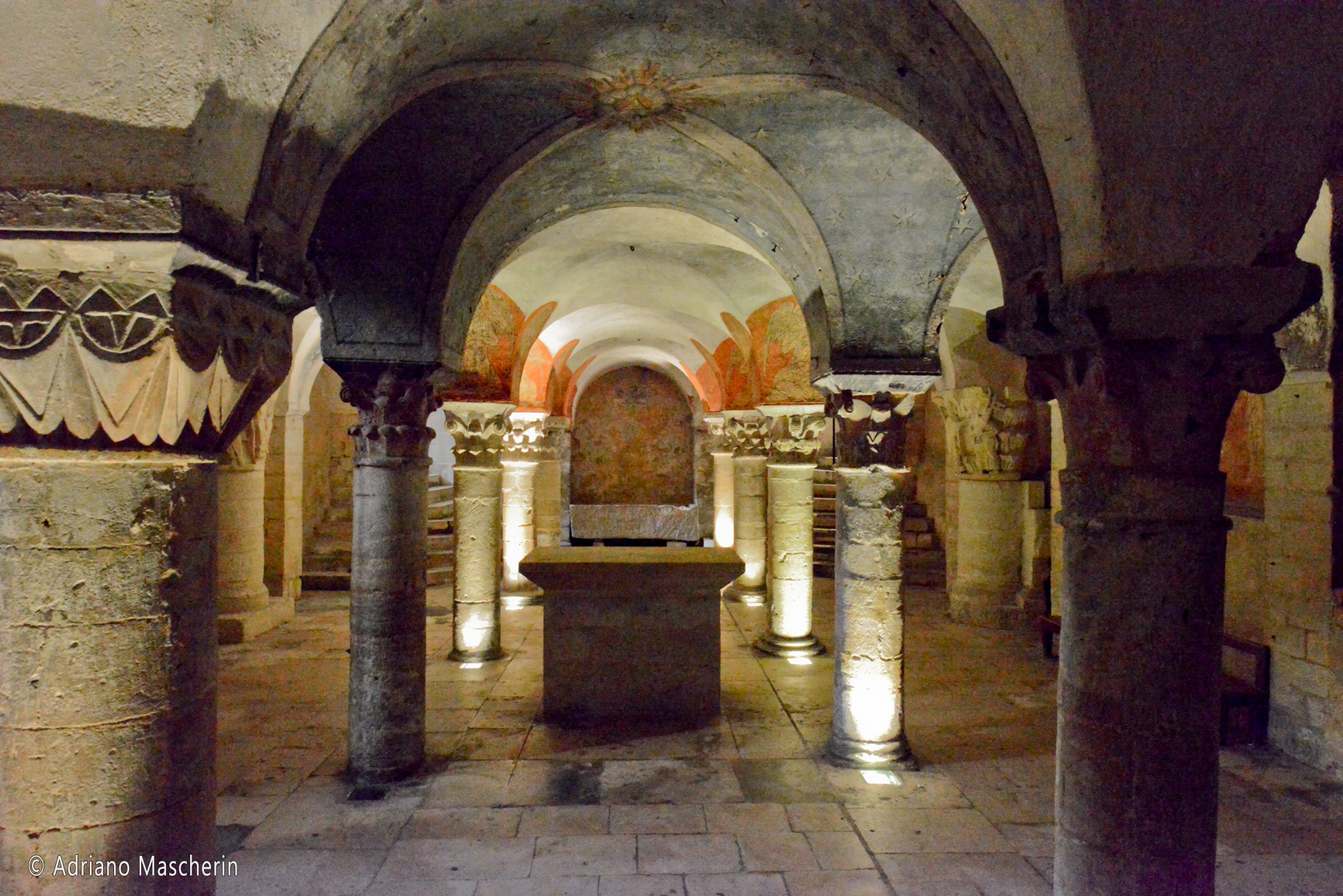
Bayeaux - Cathedale N.D. de Bayeux

Caen - Abbaye aux Dames
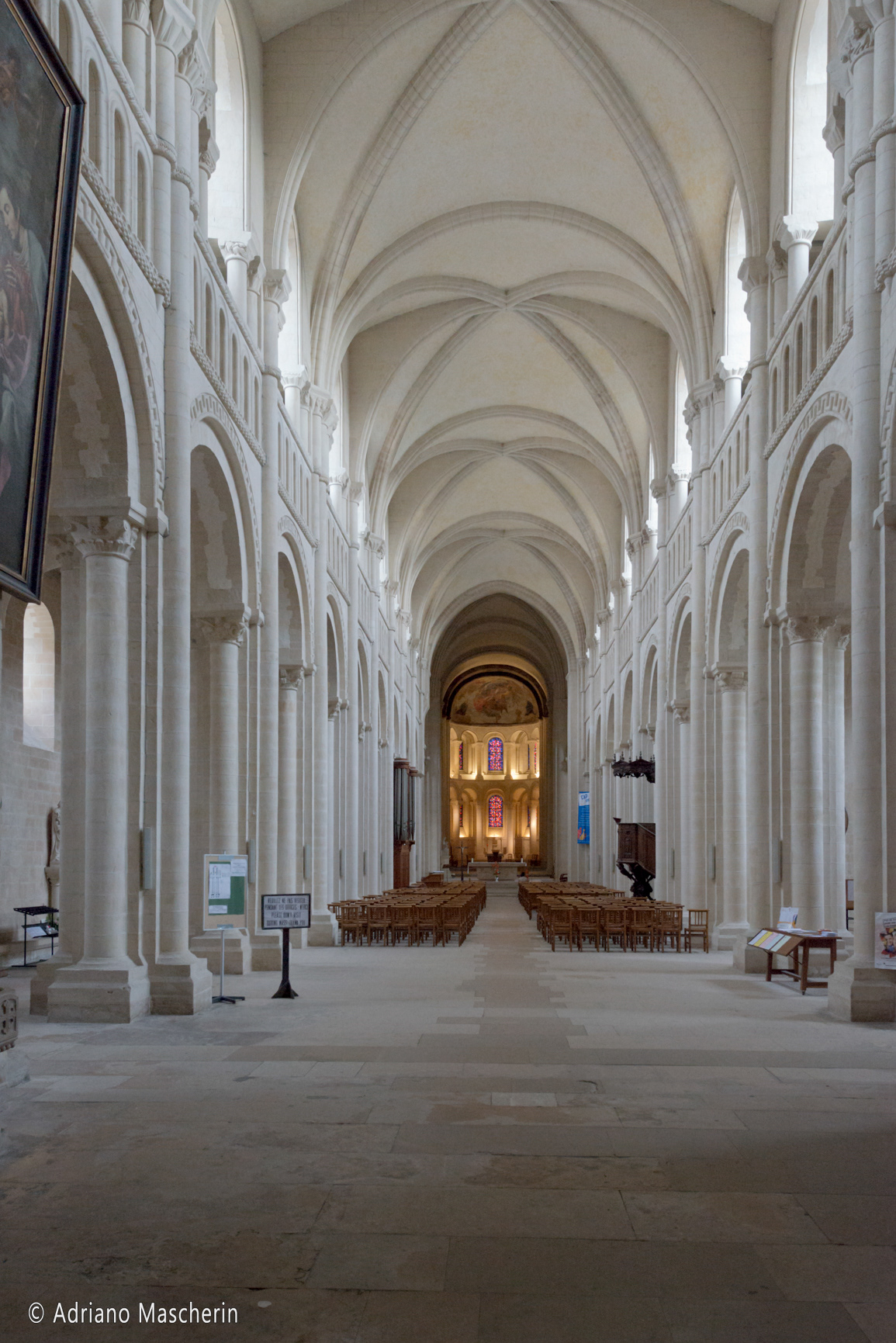
Caen - Abbaye aux Dames
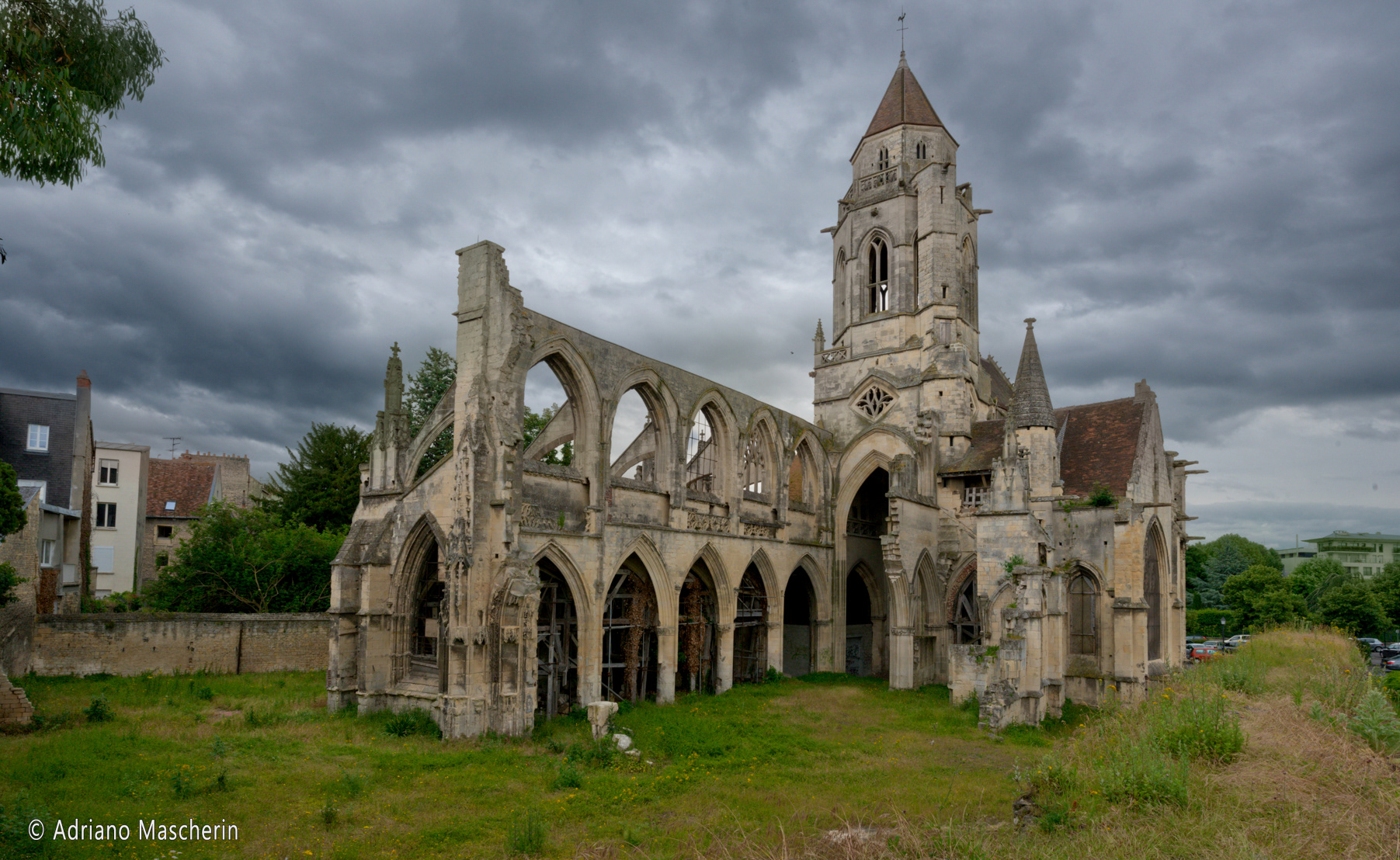
Caen - Eglise de St. Etienne

Caen - Eglise de St. Pierre
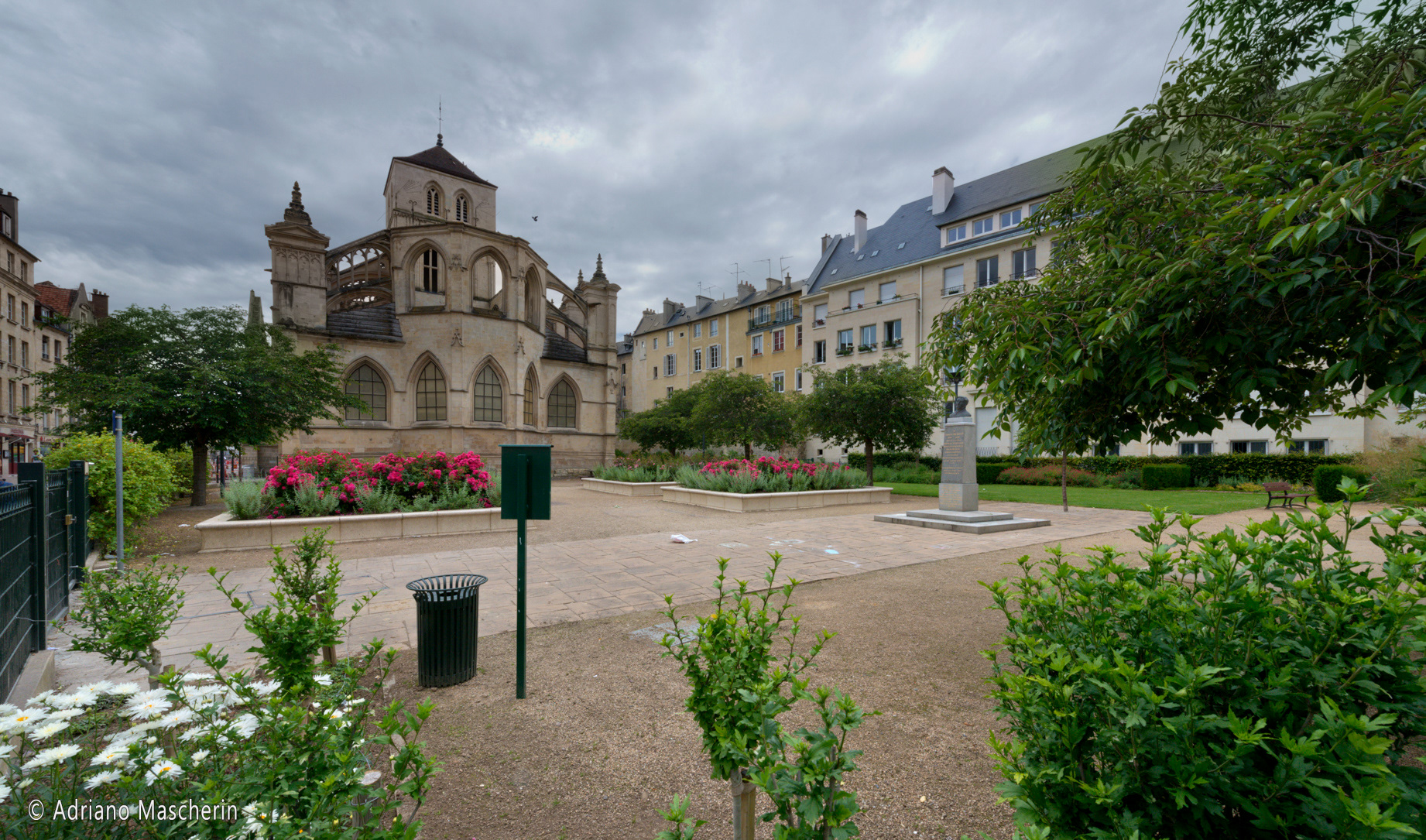
Caen - Eglise de St. Sauver le Vieux
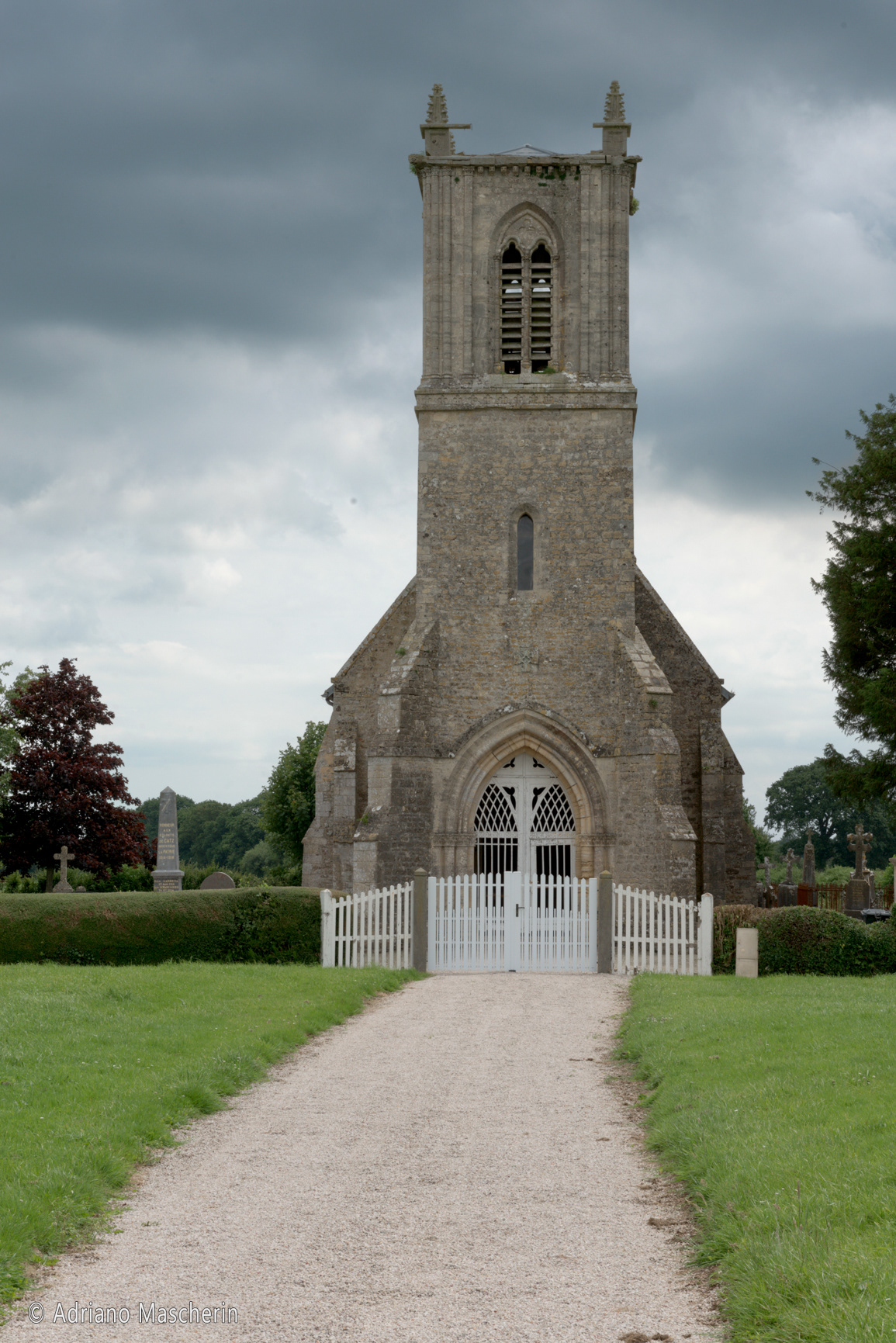
Carentan - Chapelle de Catz
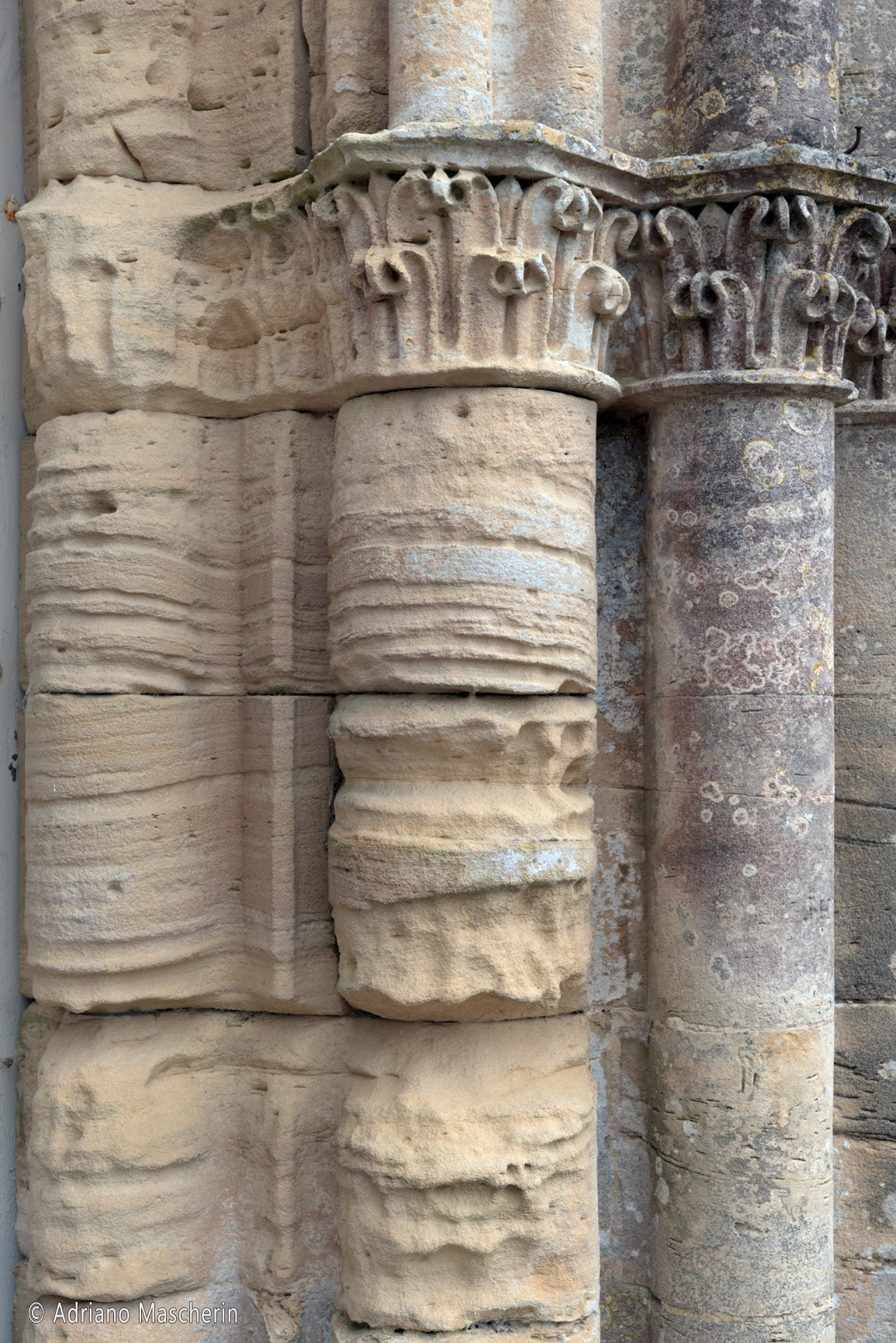
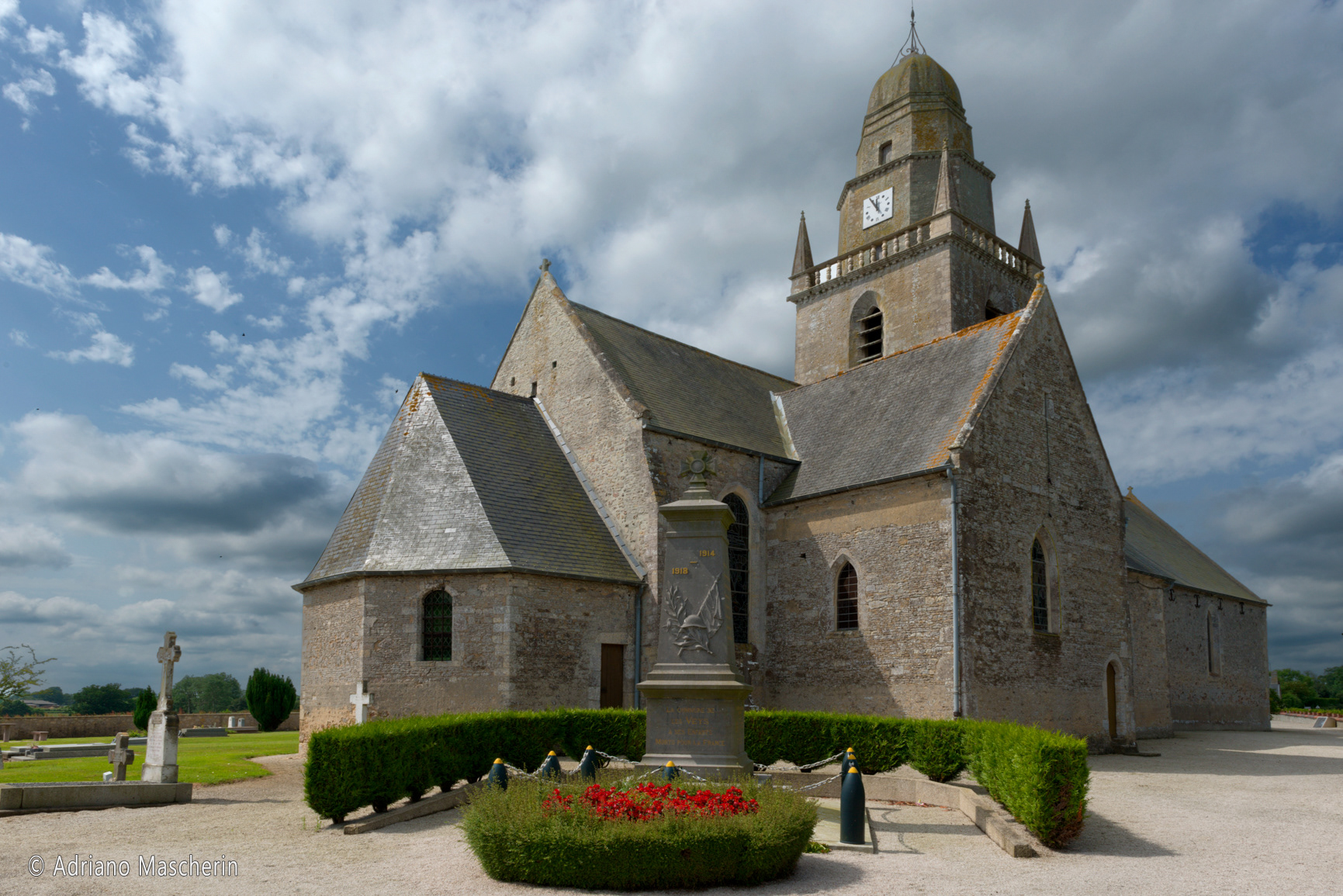
Carentan - Chapelle de Veys
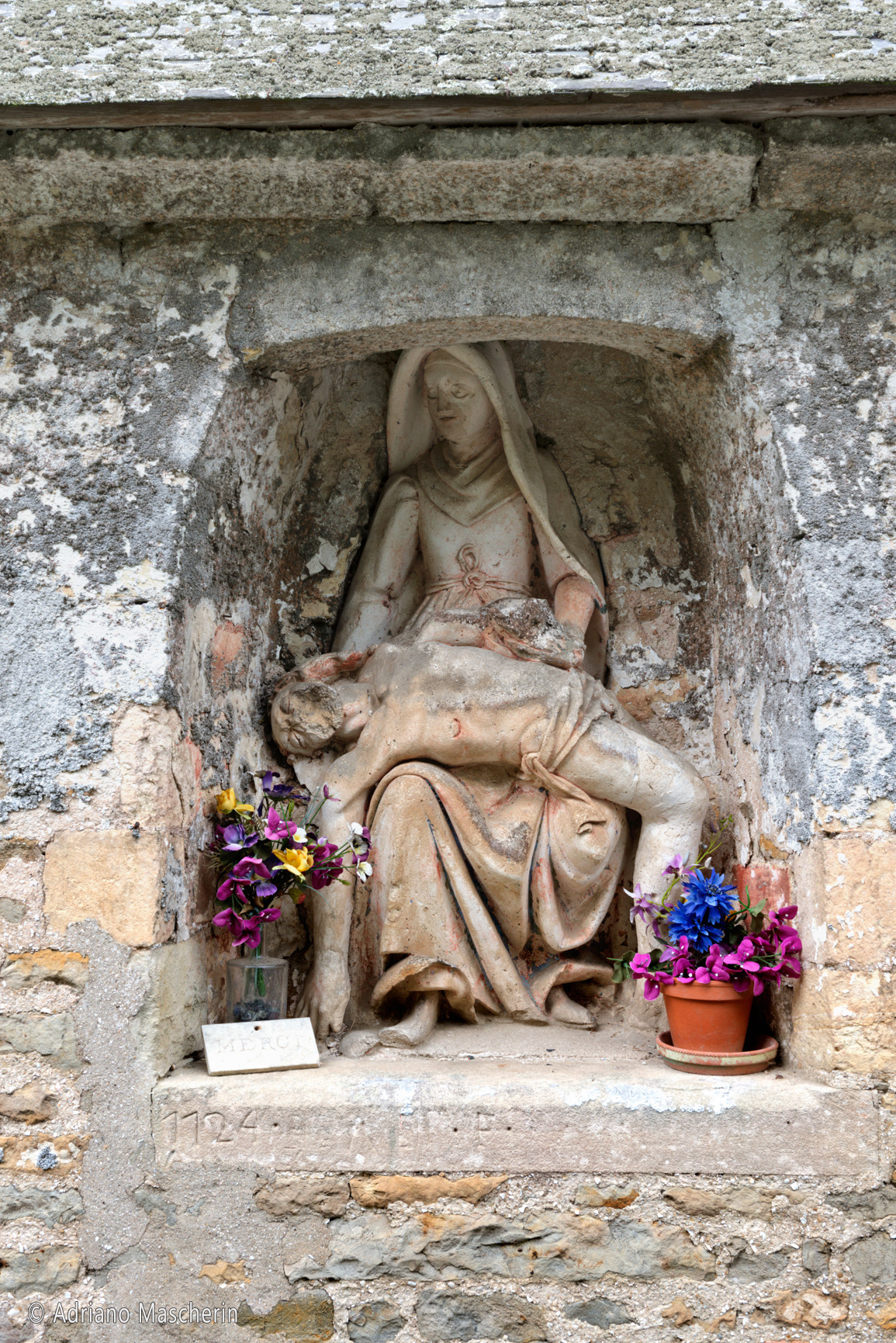
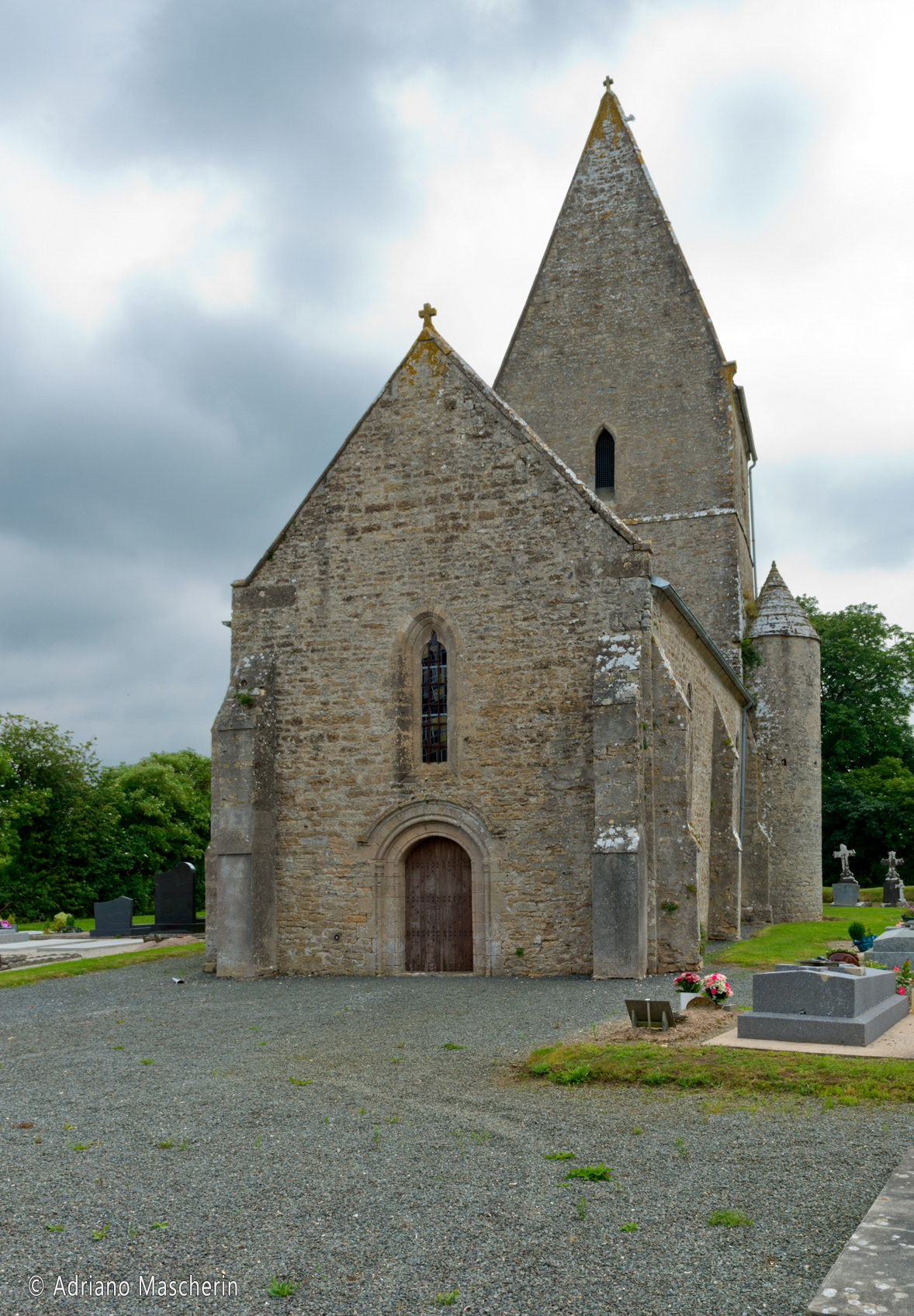
Carentan les Marais - Eglise St. Eloi de Vierville
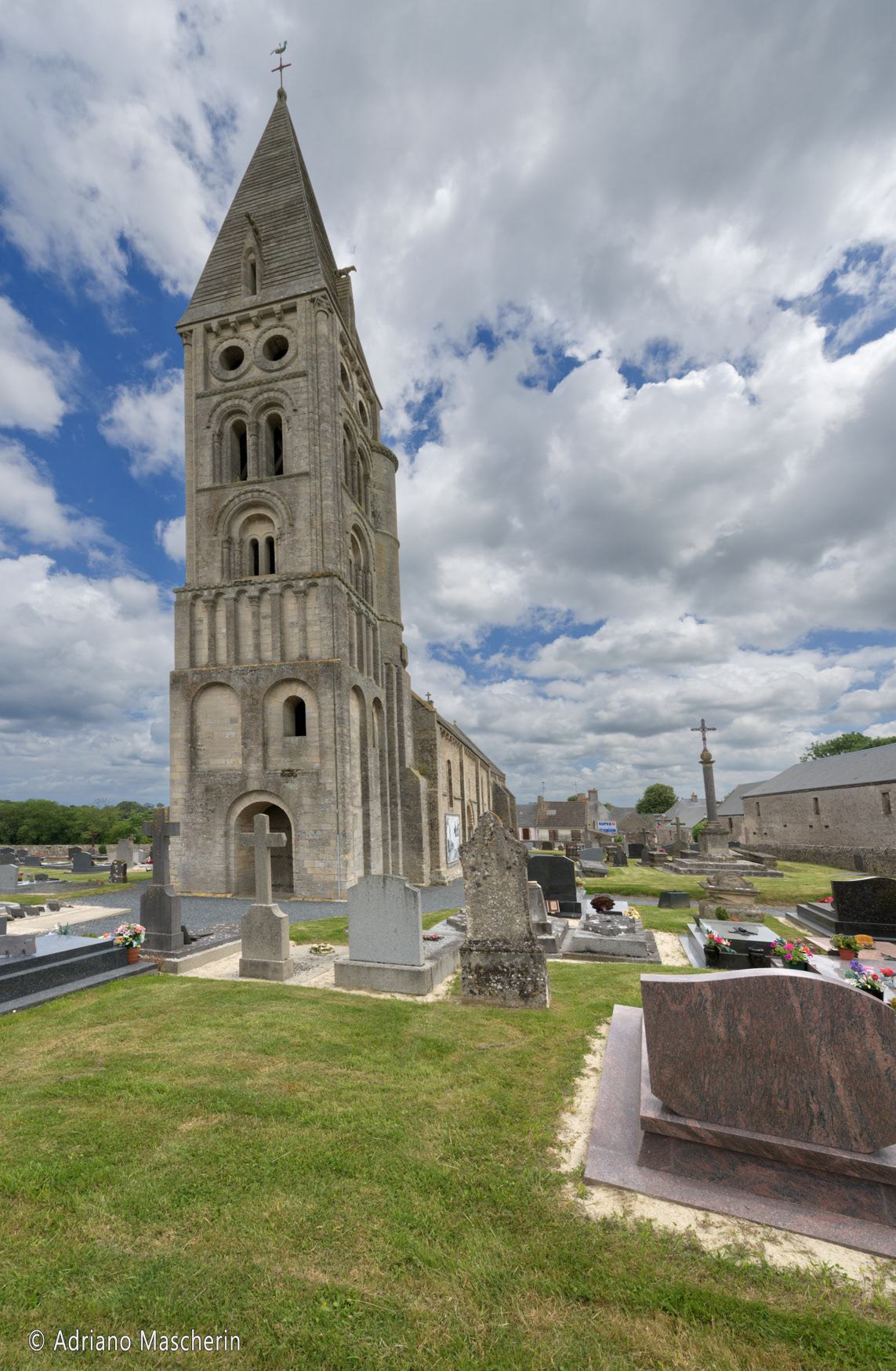
Colleville sur Mer - Eglise N.D. De Colleville sur Mer
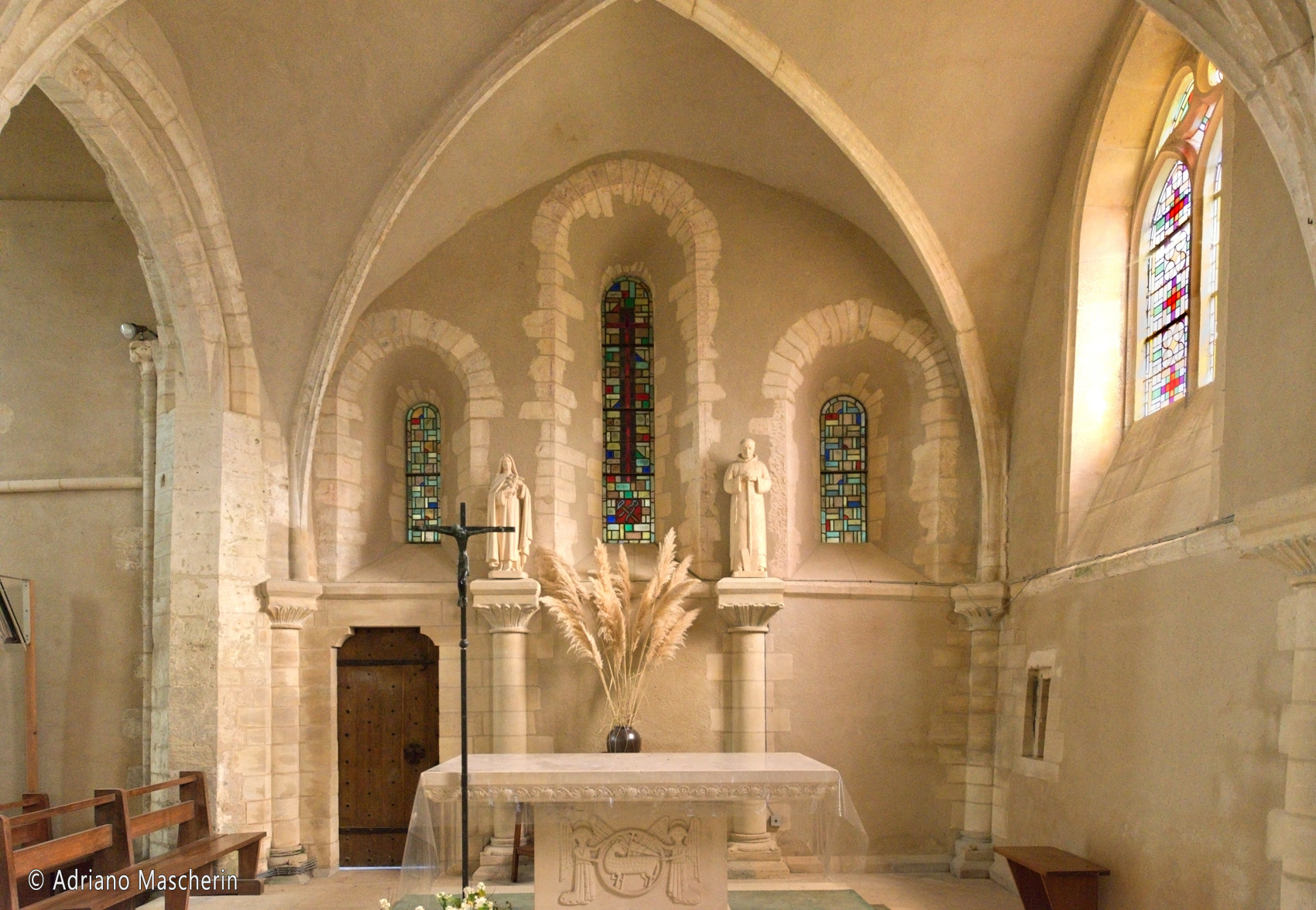
Colleville sur Mer - Eglise N.D. De Colleville sur Mer

Colleville sur Mer - Eglise N.D. De Colleville sur Mer
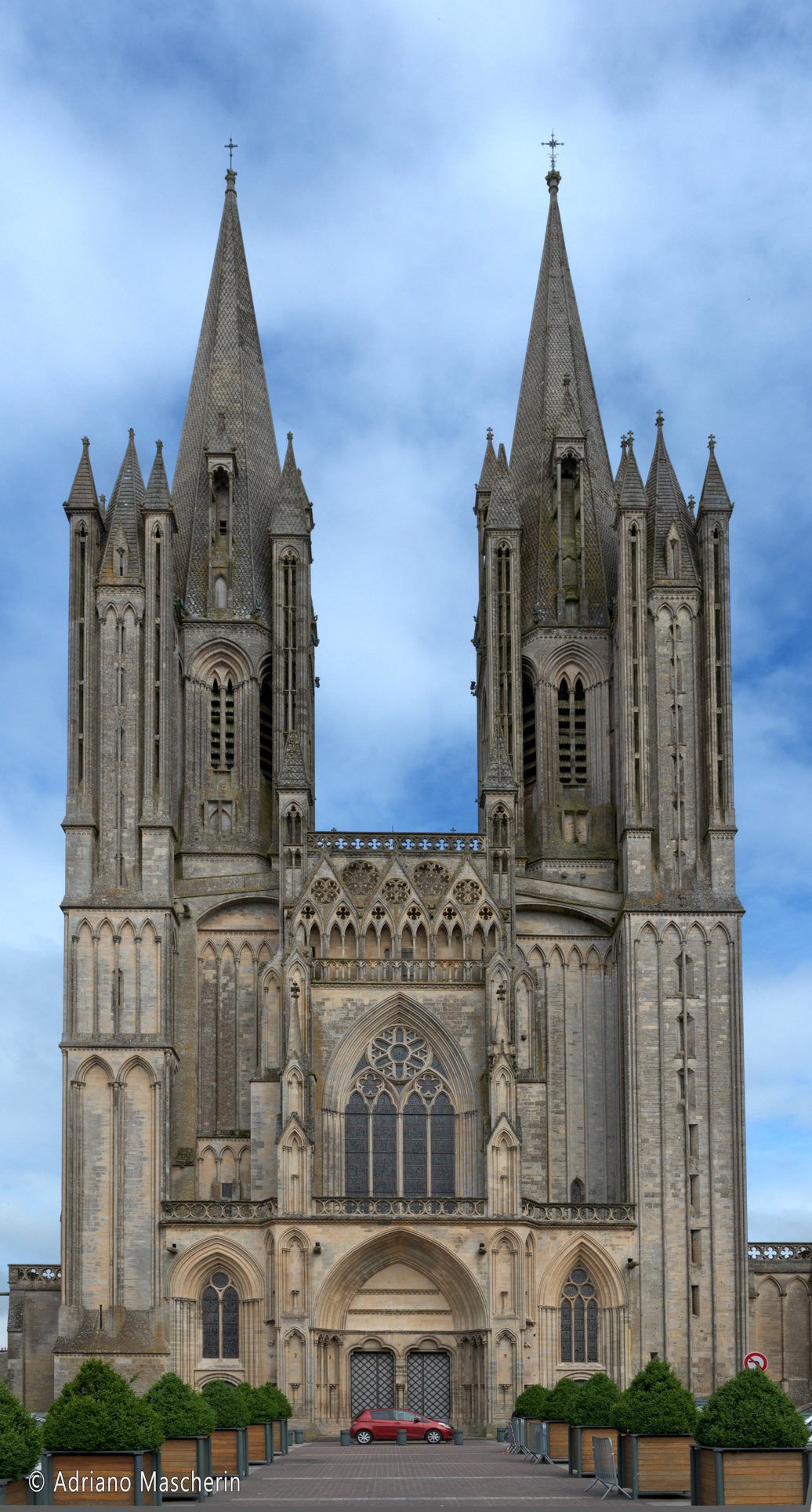
Coutance - Cathédrale de N.D.
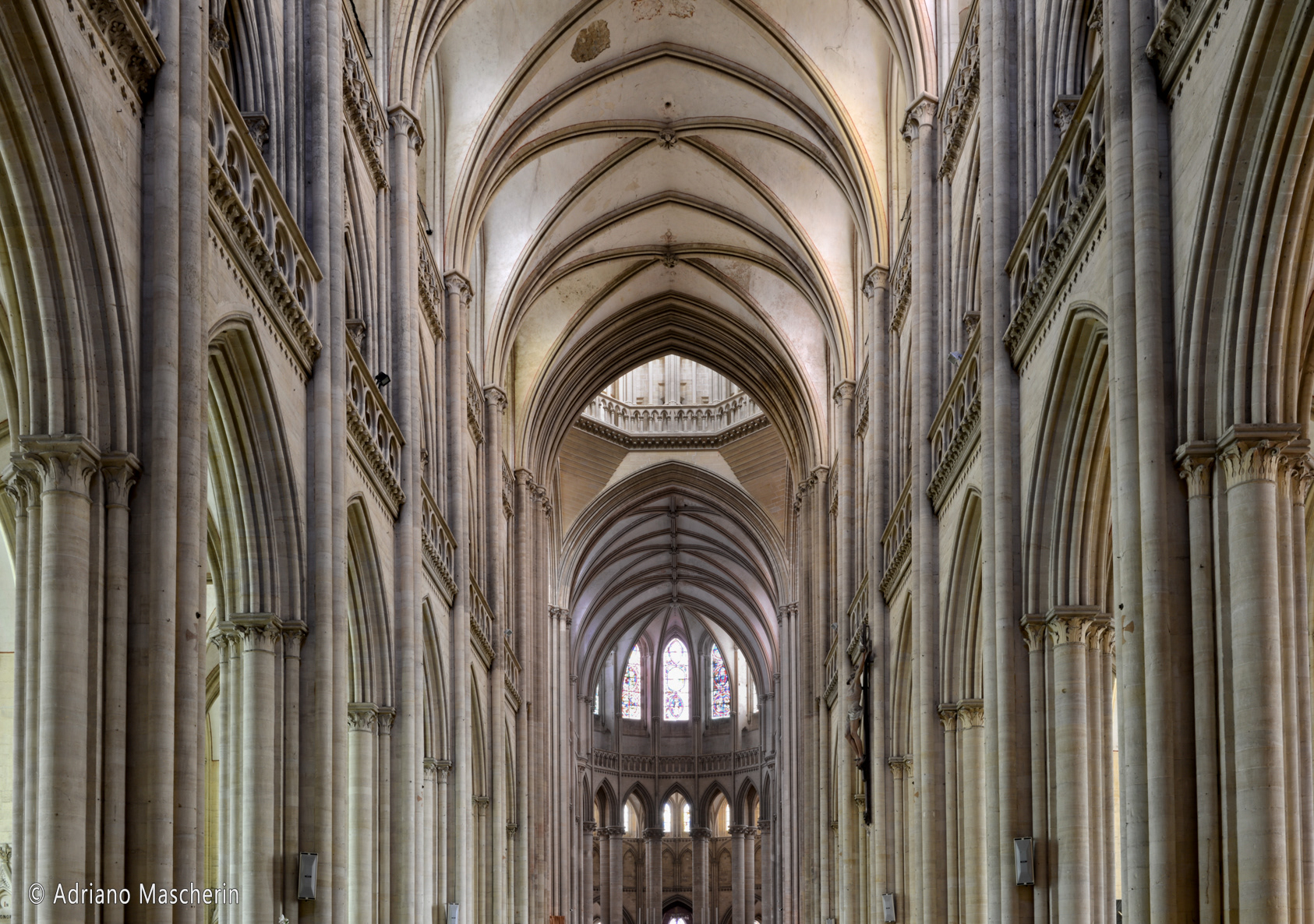
Coutance - Cathédrale de N.D.
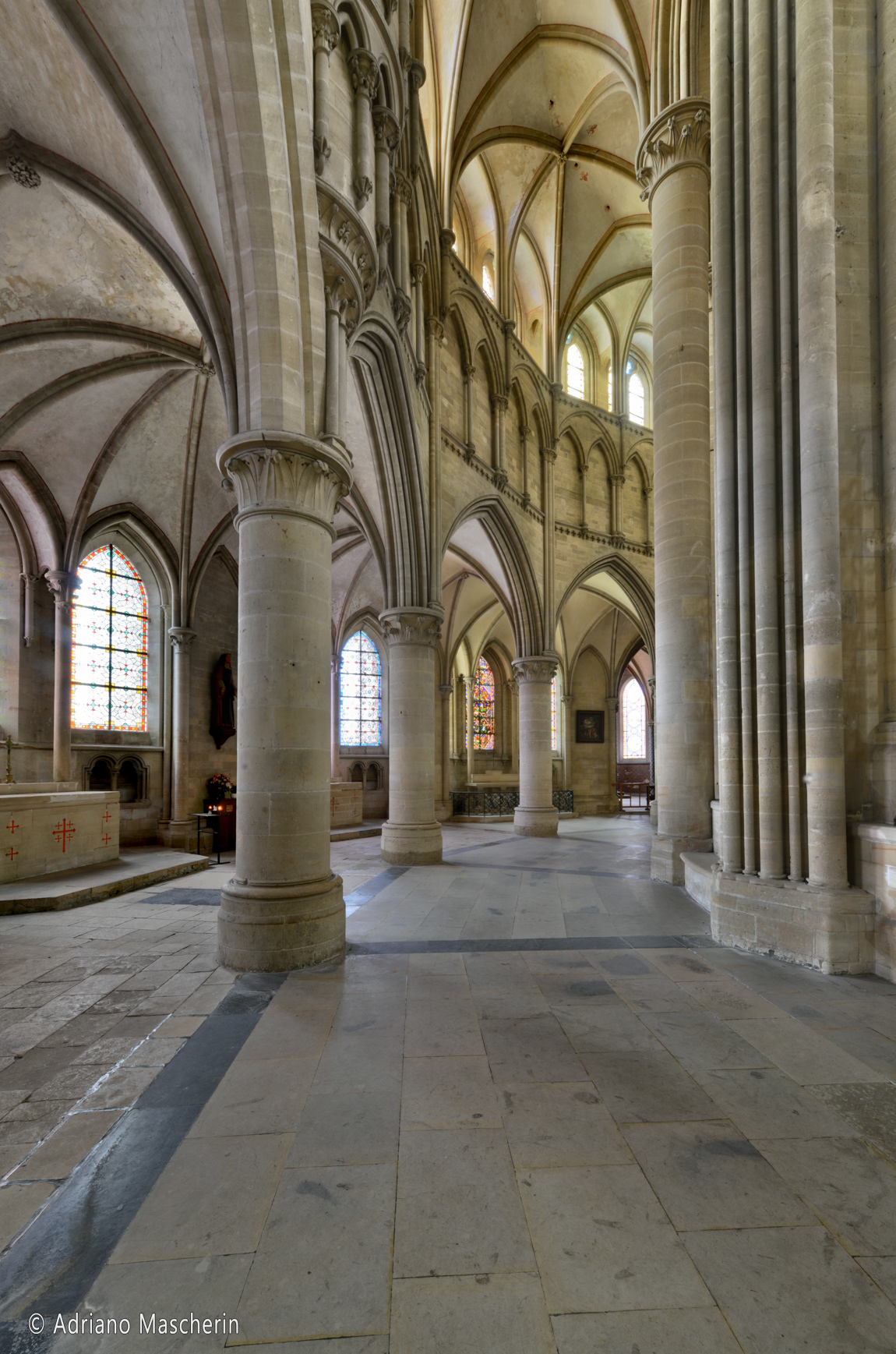
Coutance - Cathédrale de N.D.
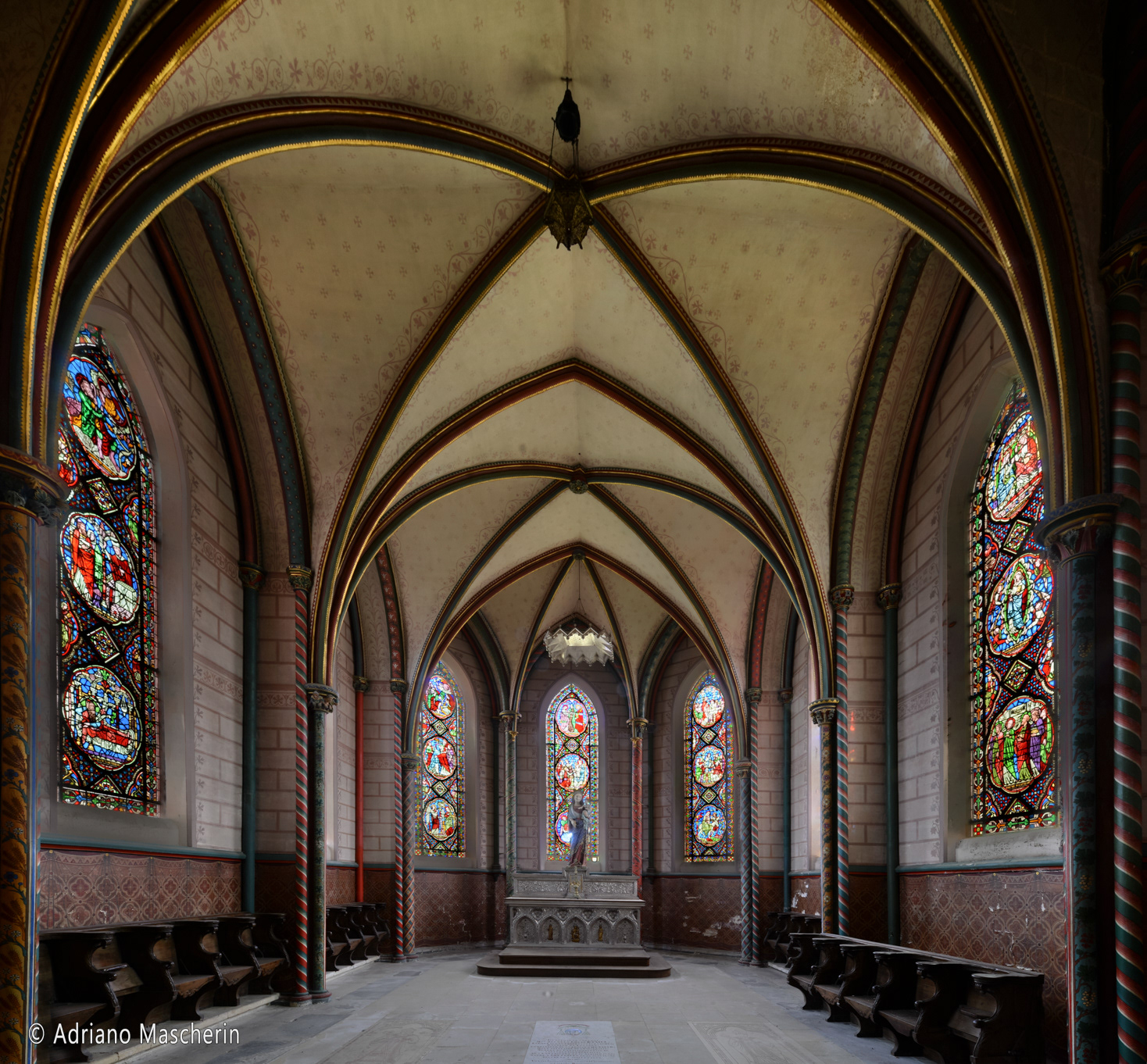
Coutance - Cathédrale de N.D.
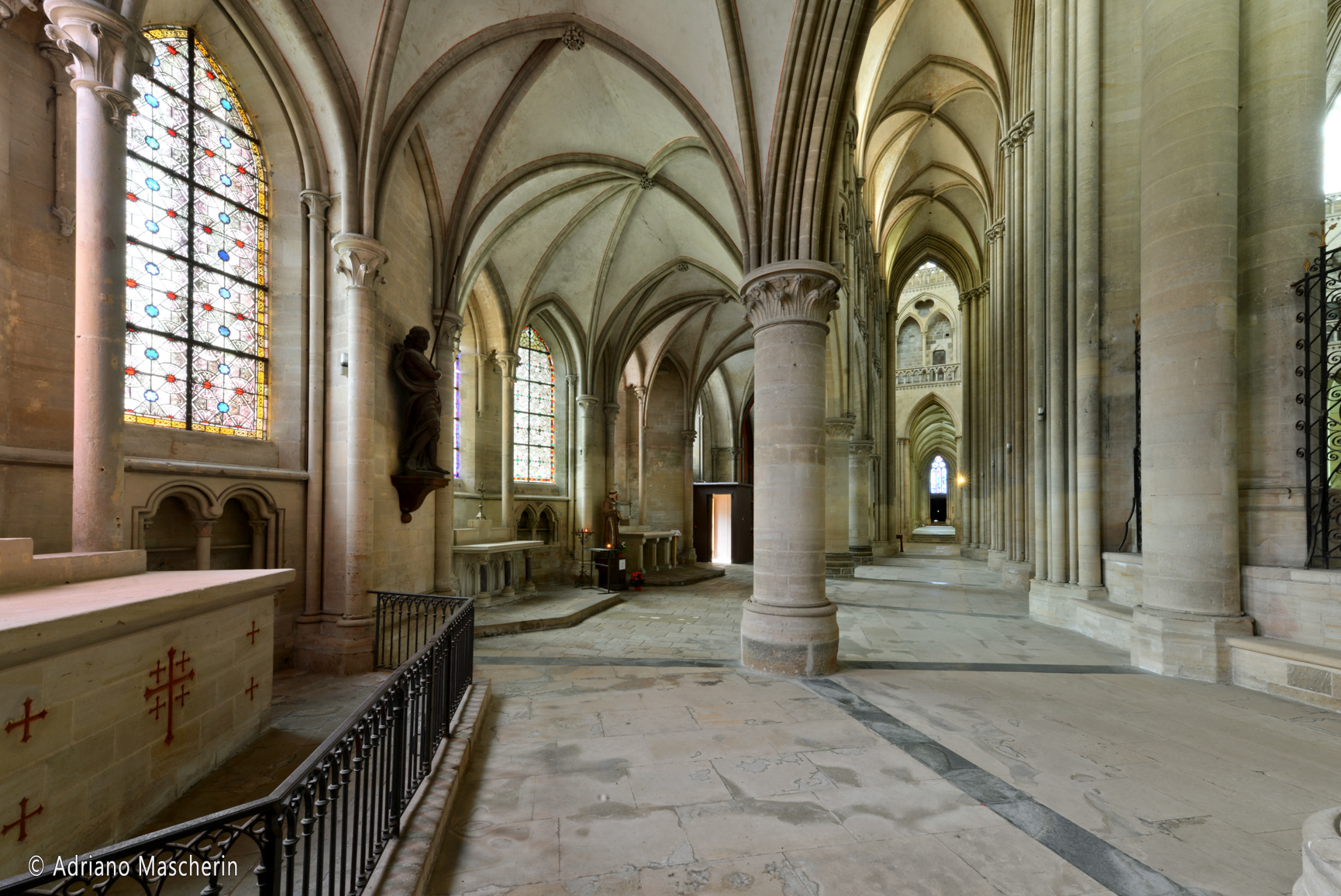
Coutance - Cathédrale de N.D.

Coutance - Cathédrale de N.D.
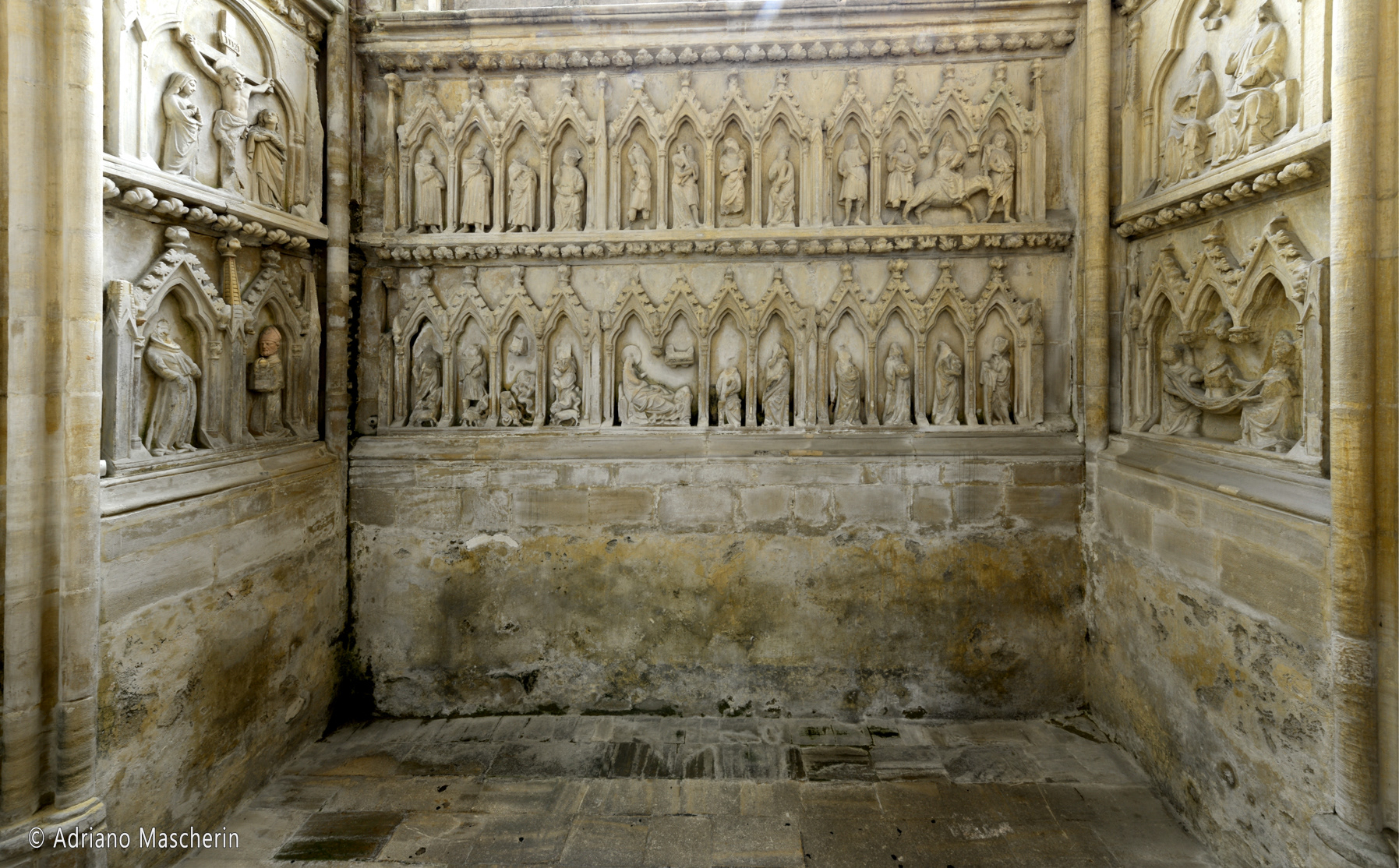
Coutance - Cathédrale de N.D.
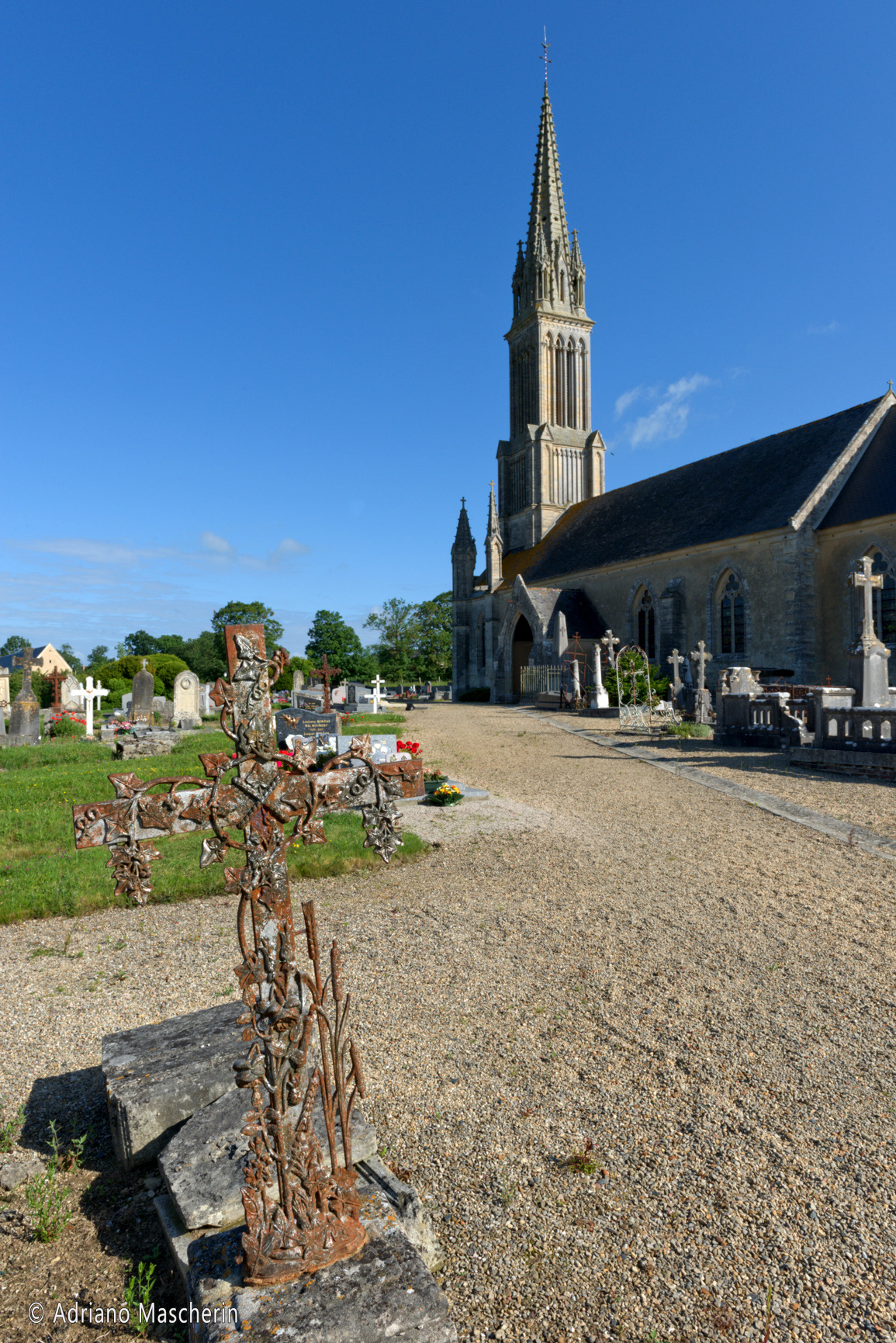
Ecrameville - Eglise N.D.
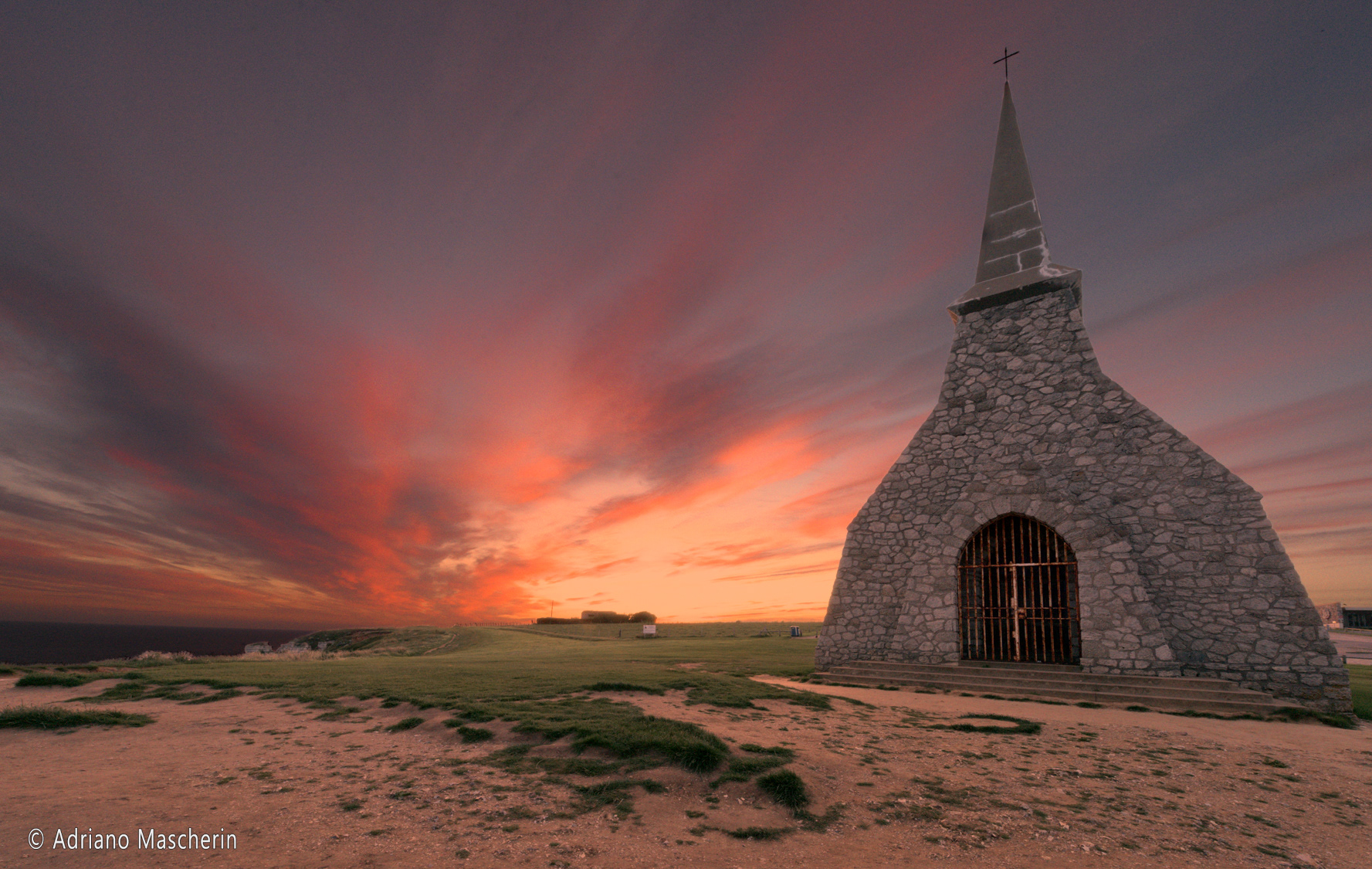
Etretat - Chapelle N.D. de la Garde
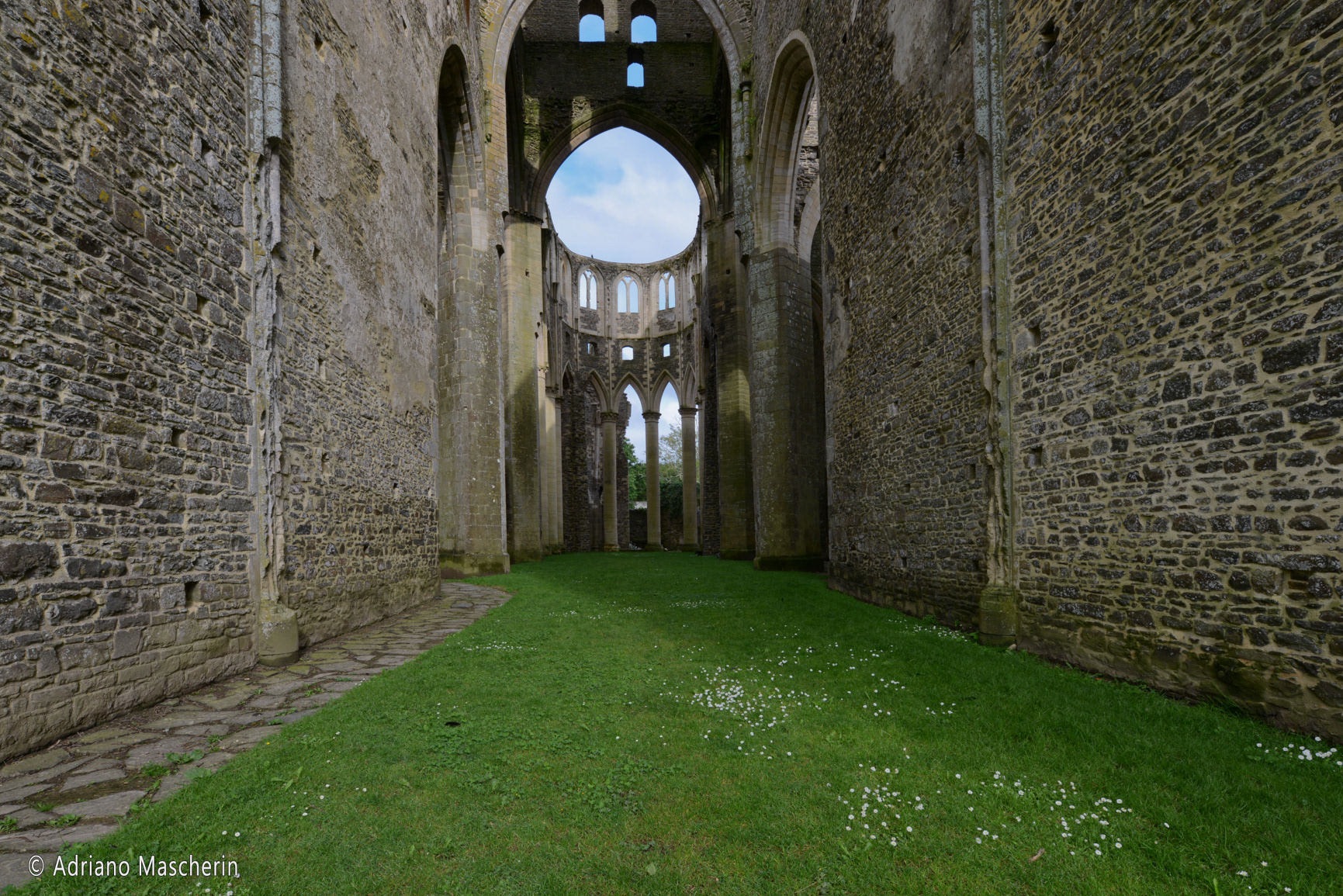
Hambye - Abbaye de Hambye
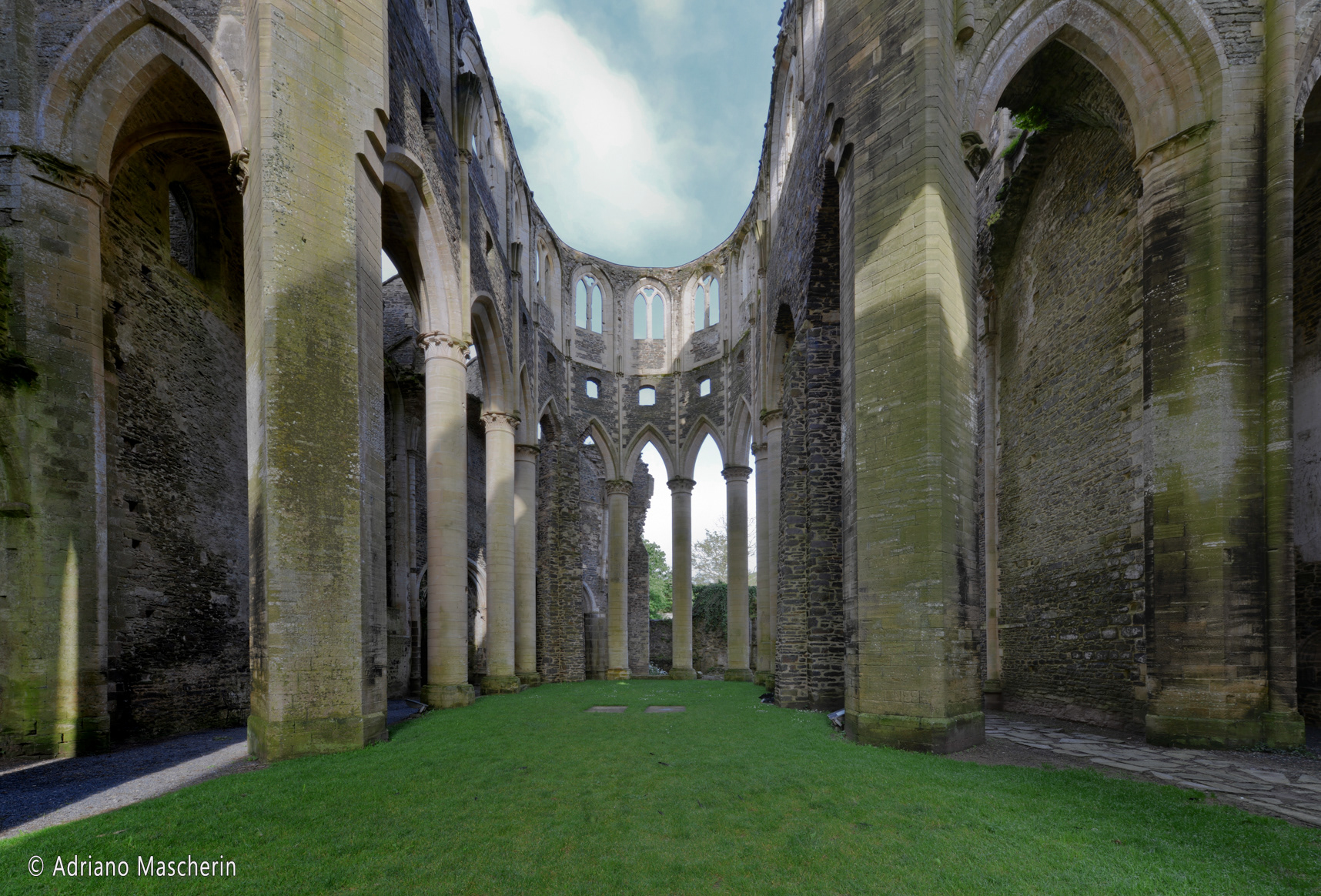
Hambye - Abbaye de Hambye
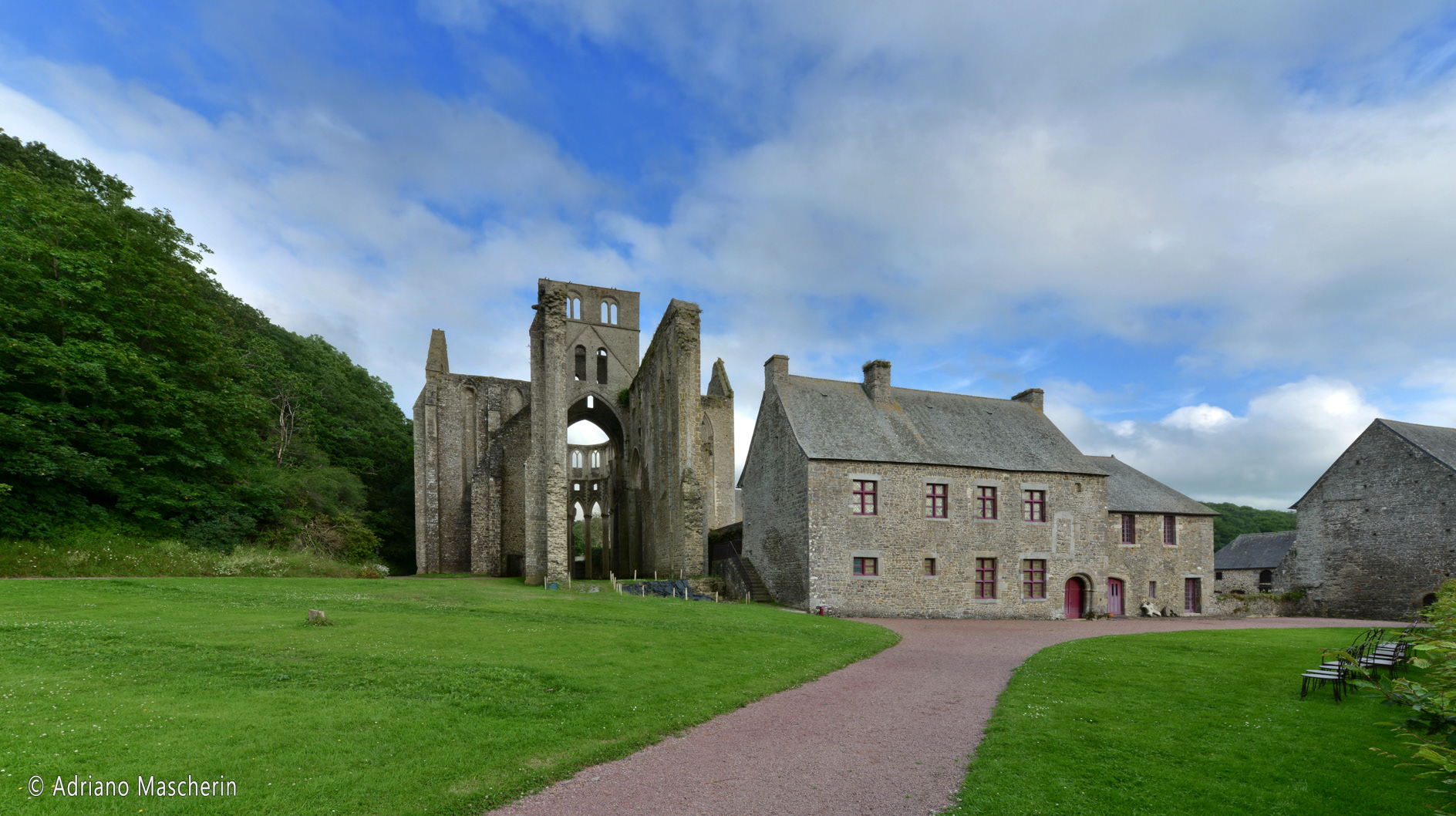
Hambye - Abbaye de Hambye
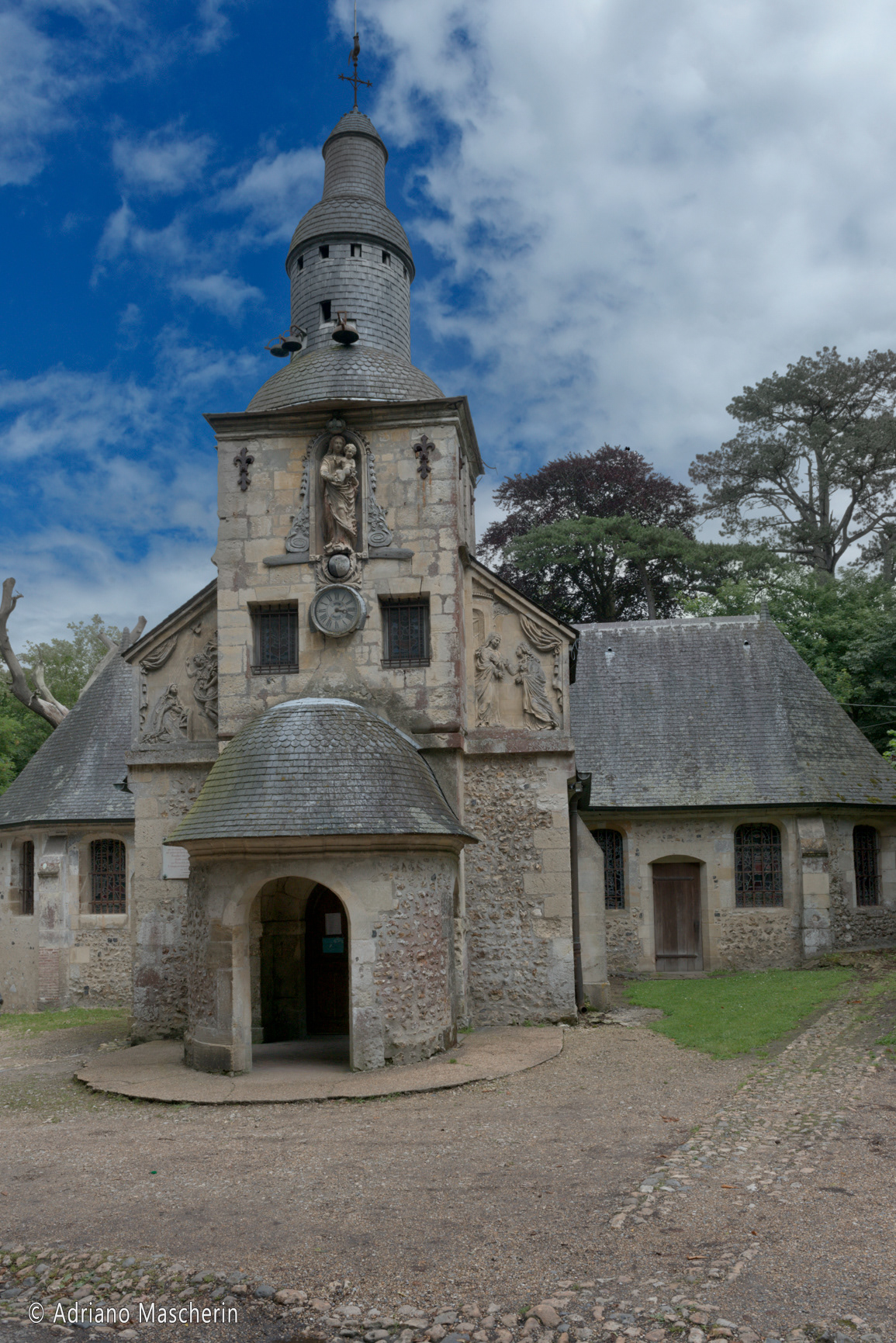
Honfleur - Chapelle N.D. de la Grace
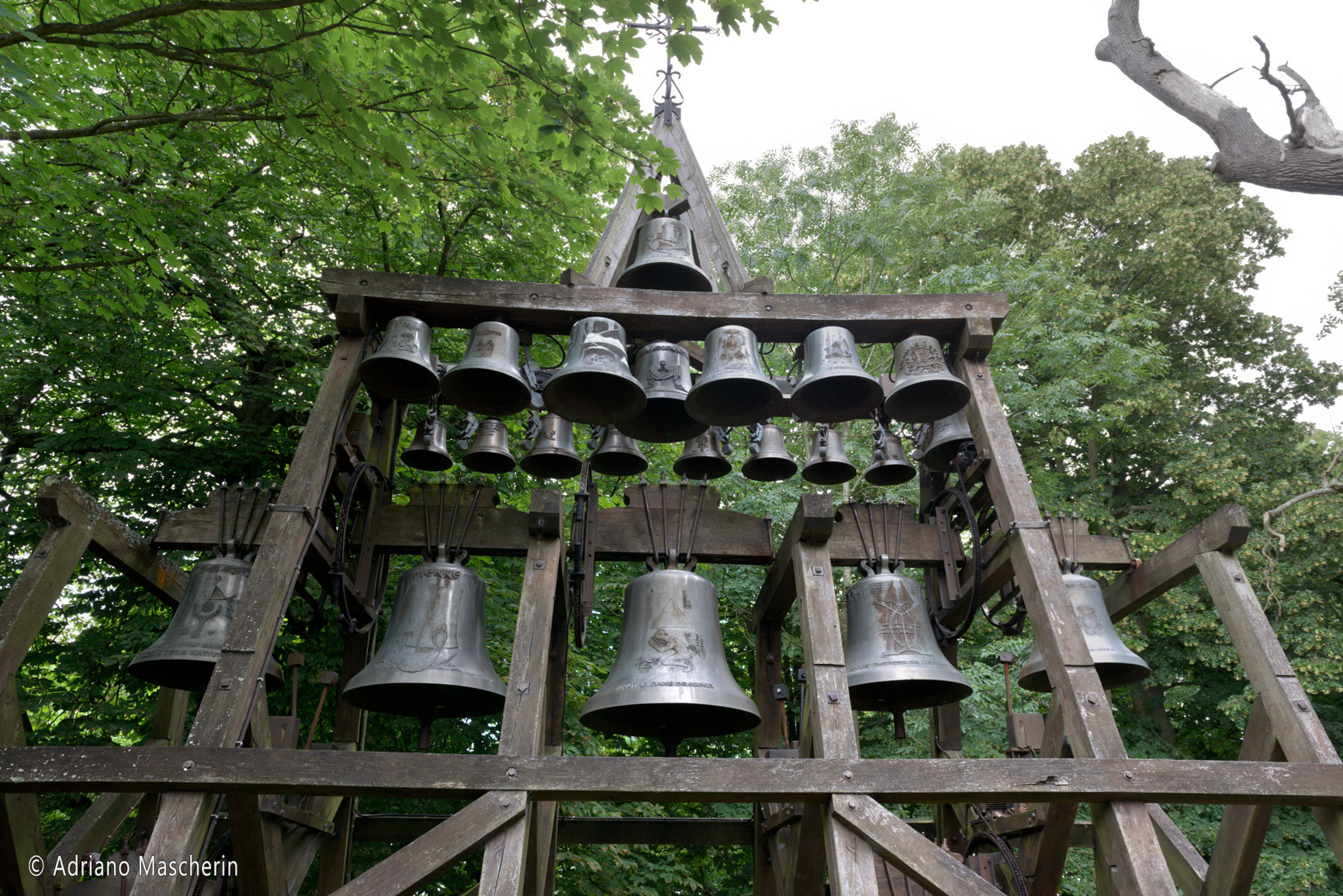
Honfleur - Clocher Chapelle N.D. de la Grace
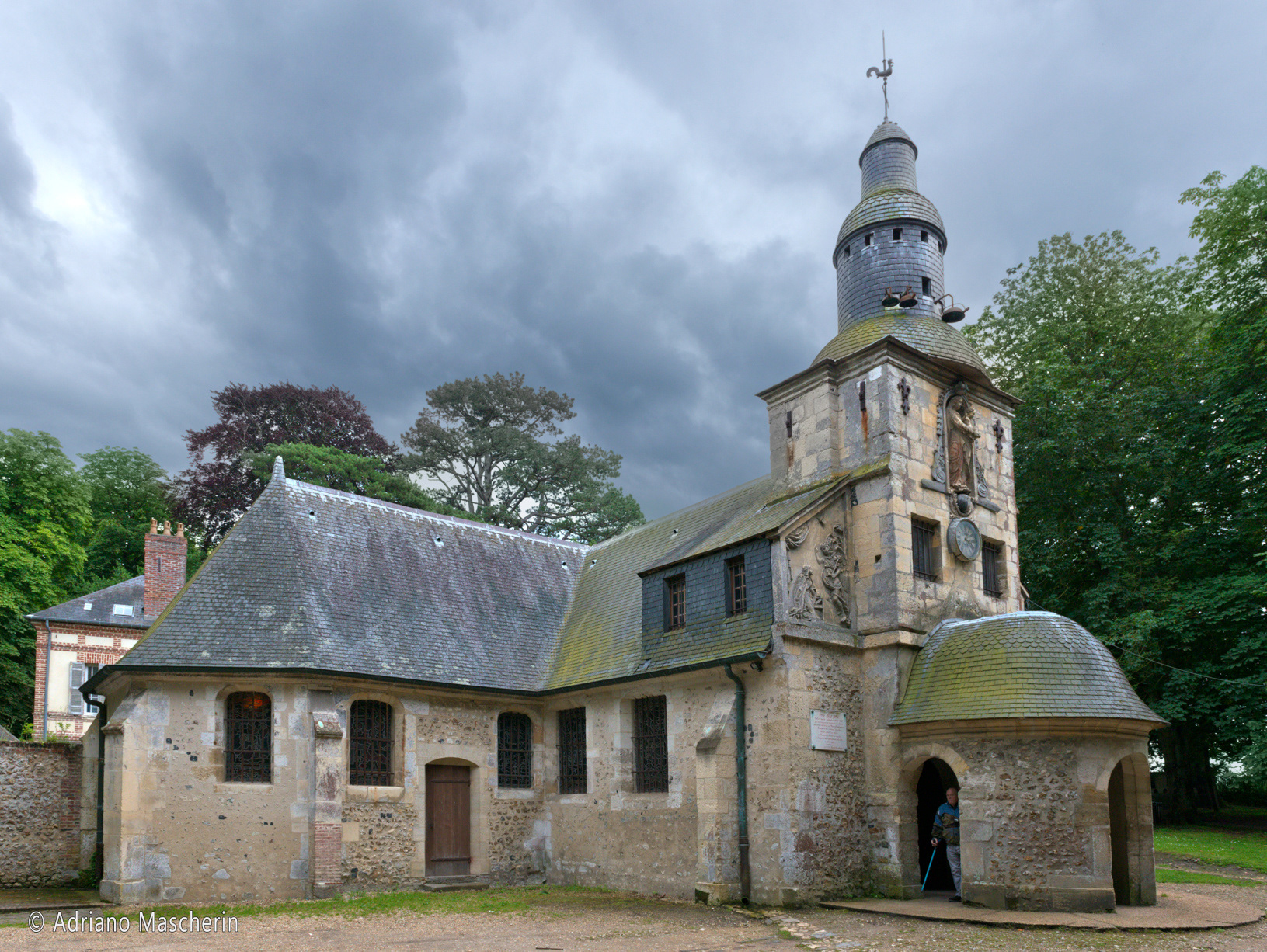
Honfleur - Chapelle N.D. de la Grace

Honfleur - Eglise de S.te Catherine
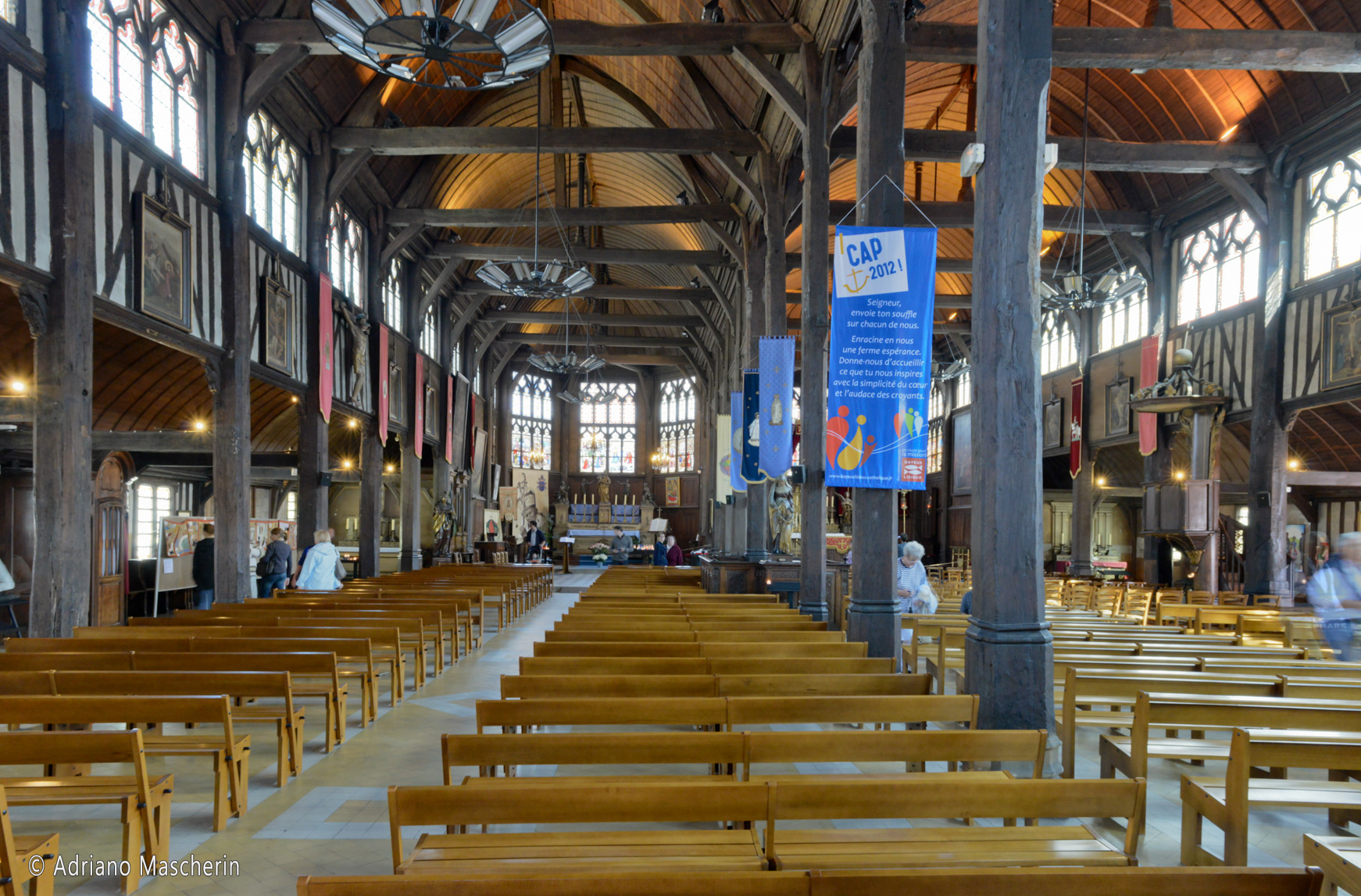
Honfleur - Eglise de S.te Catherine
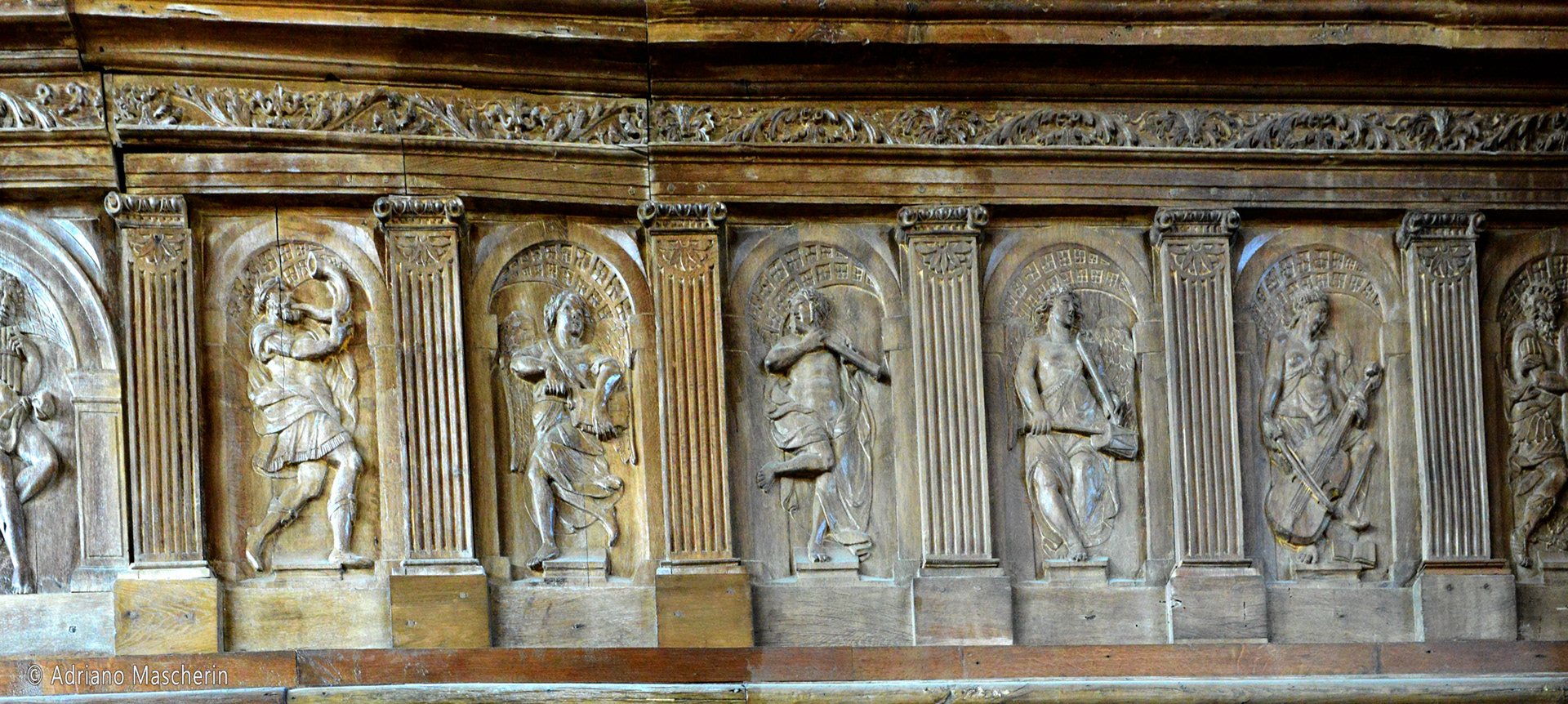
Honfleur - Eglise de S.te Catherine

Honfleur - Eglise de S.te Catherine
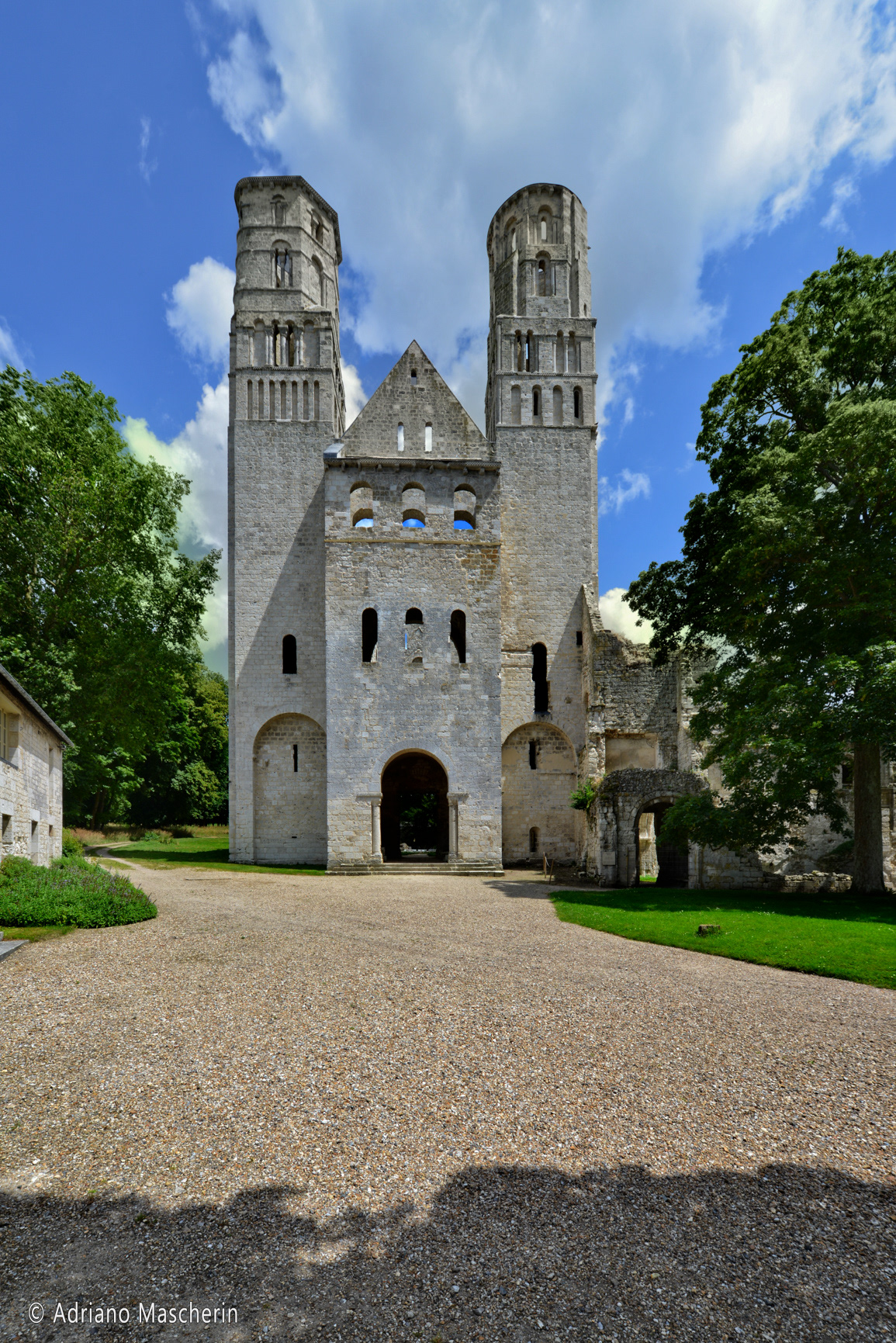
Abbaye de Jumièges
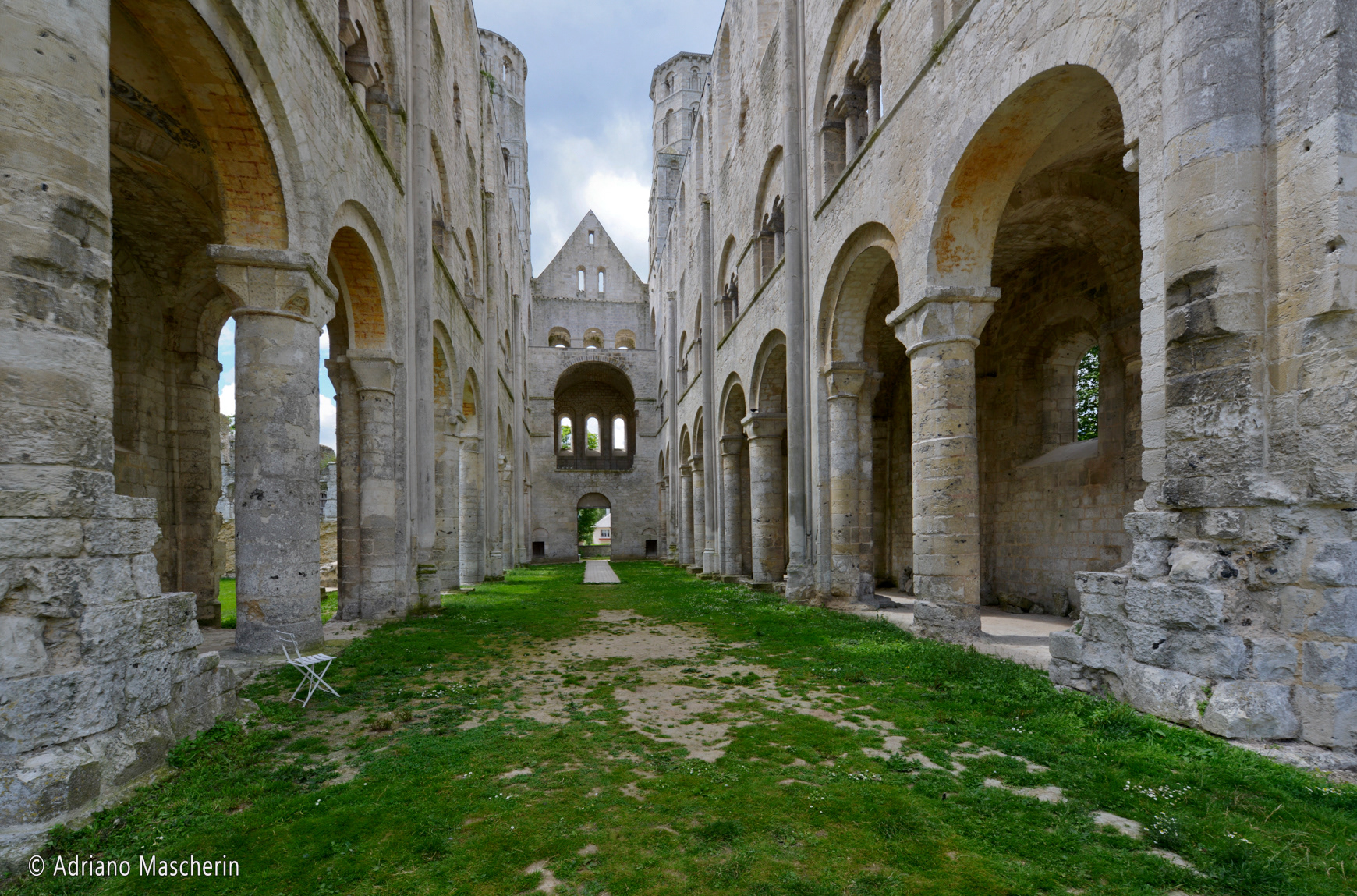
Abbaye de Jumièges
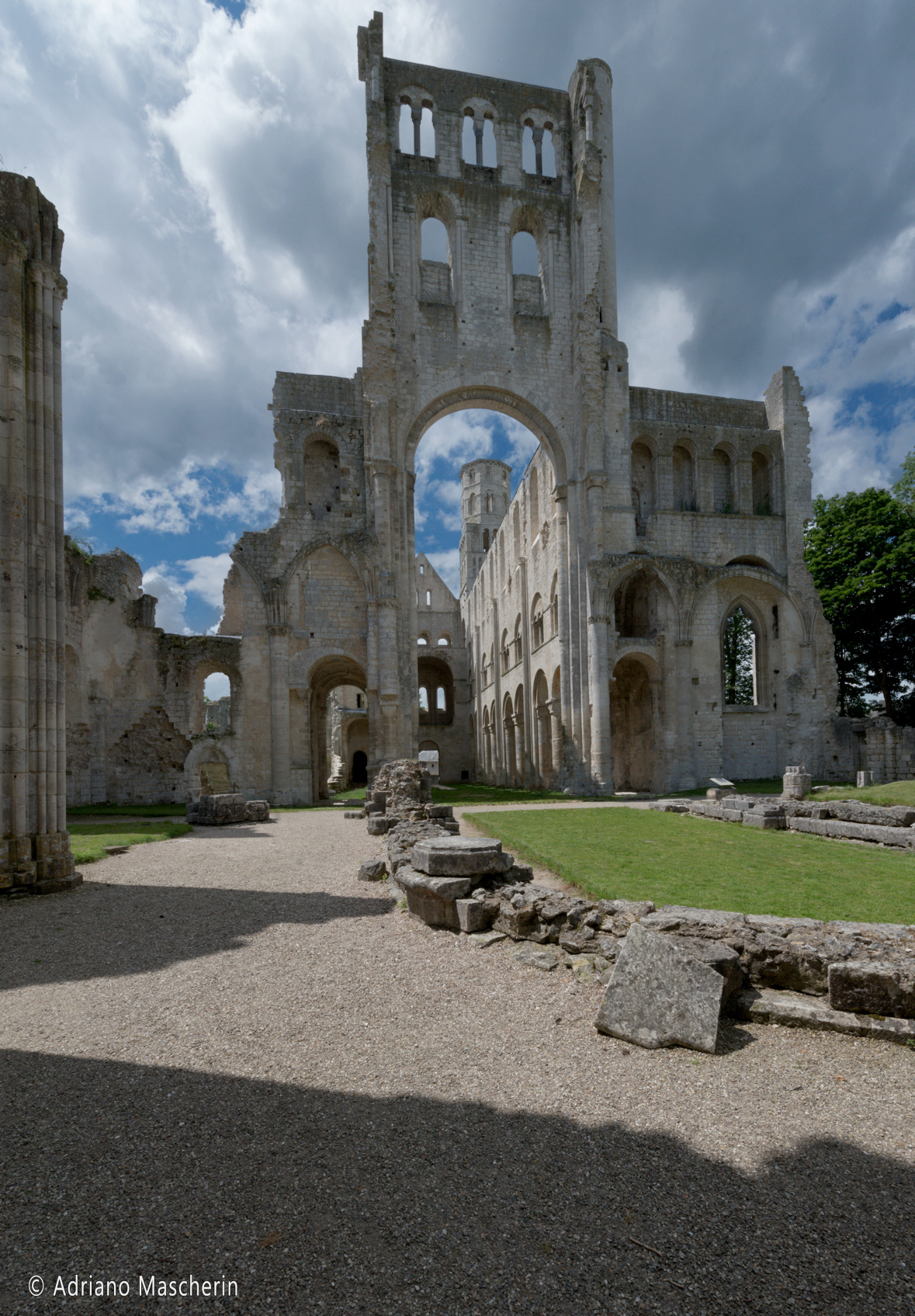
Abbaye de Jumièges

Abbaye de Jumièges
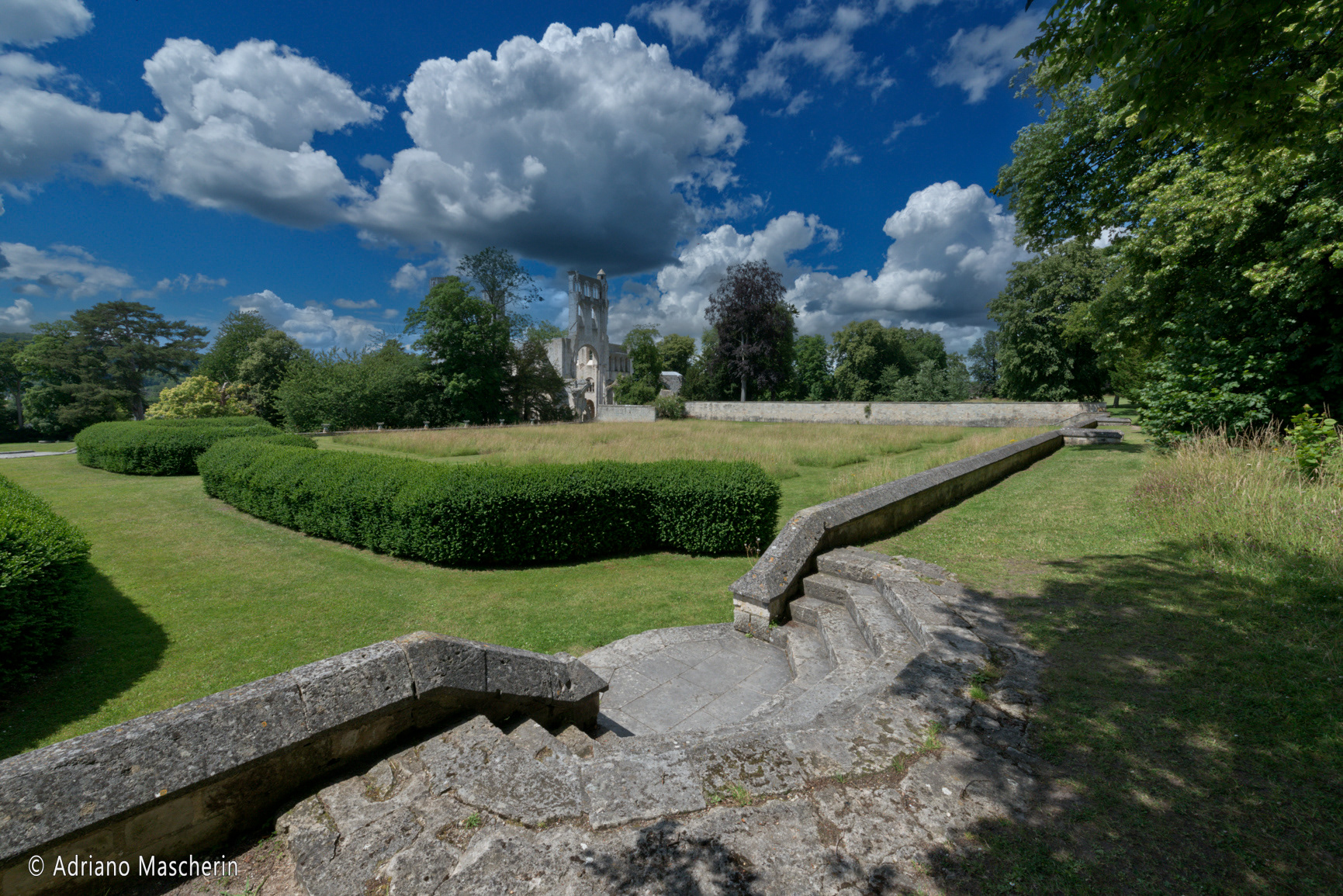
Abbaye de Jumièges
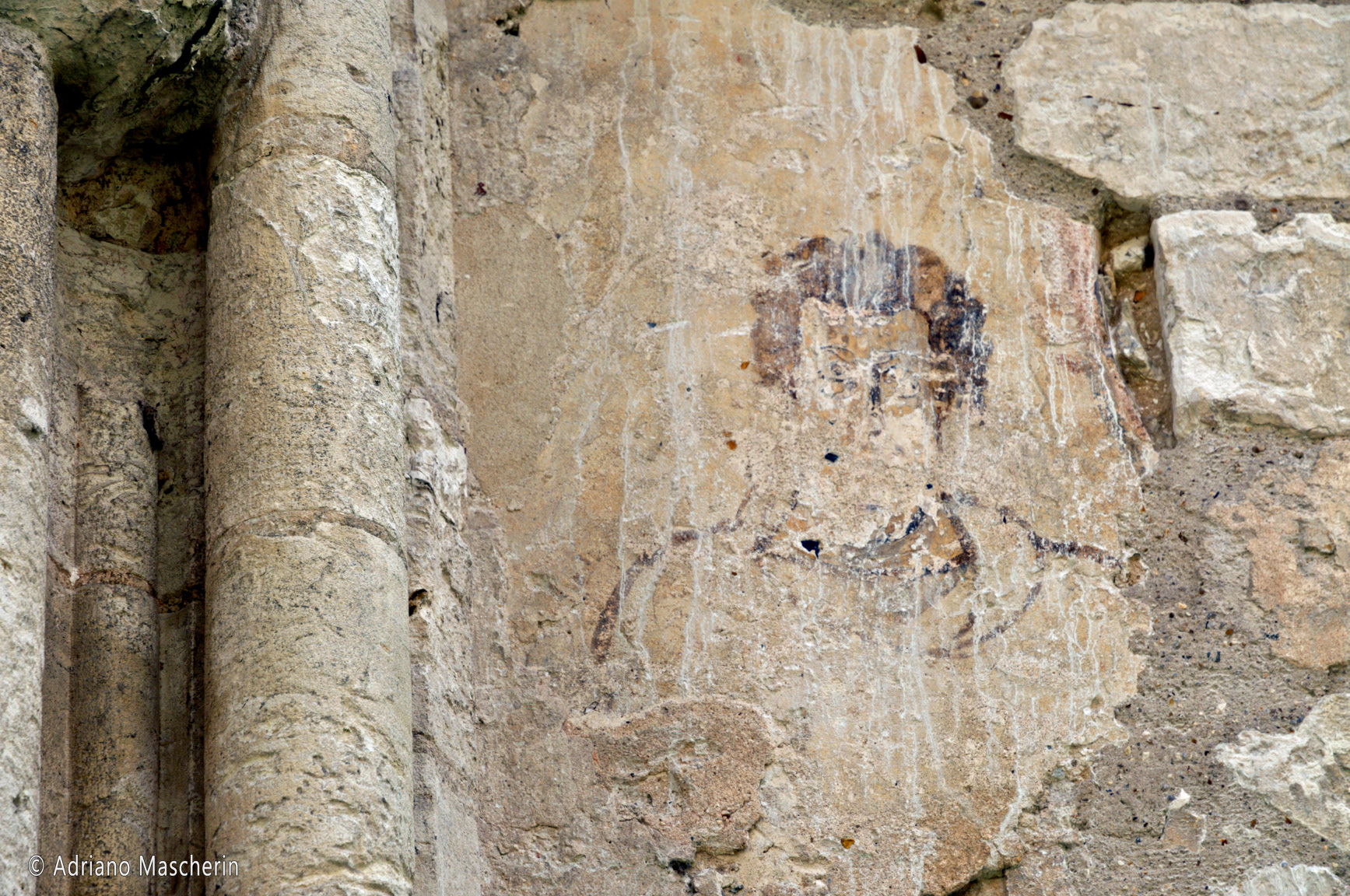
Abbaye de Jumièges
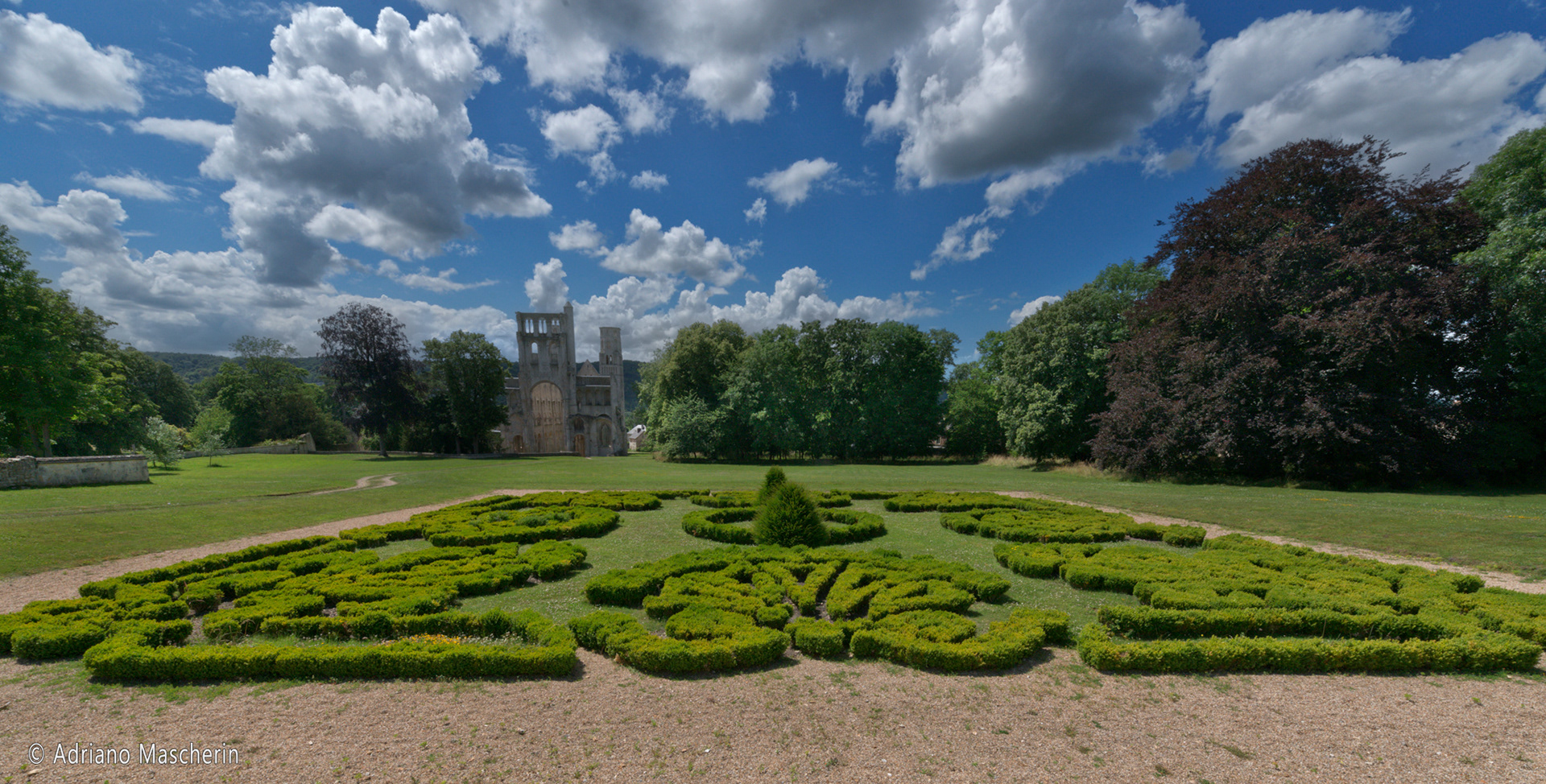
Abbaye de Jumièges jardin
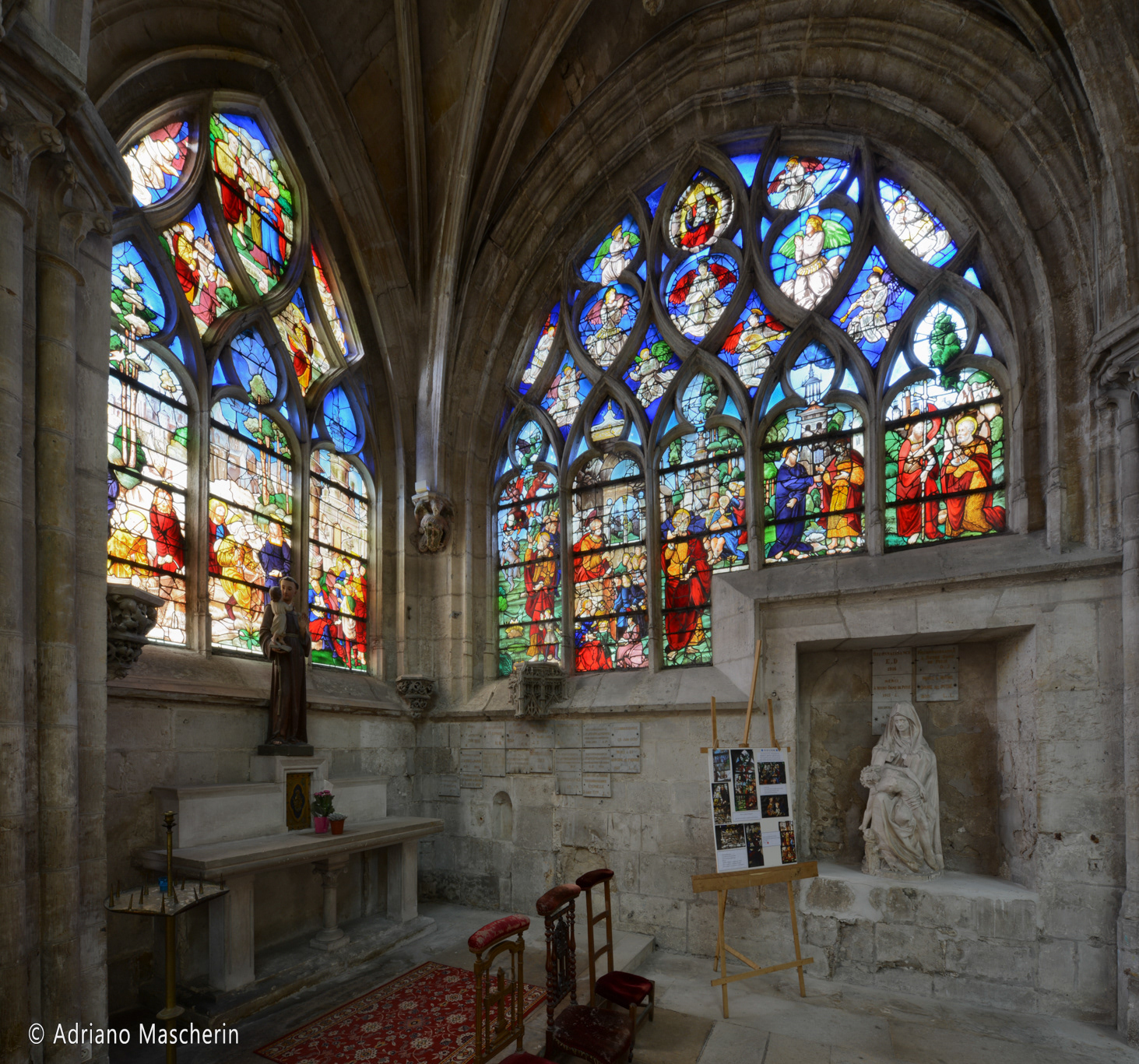
Les Andelys - Collégiale de N.D. des Andelys

Les Andelys - Collégiale de N.D. des Andelys

Les Andelys - Collégiale de N.D. des Andelys

Les Andelys - Collégiale de N.D. des Andelys
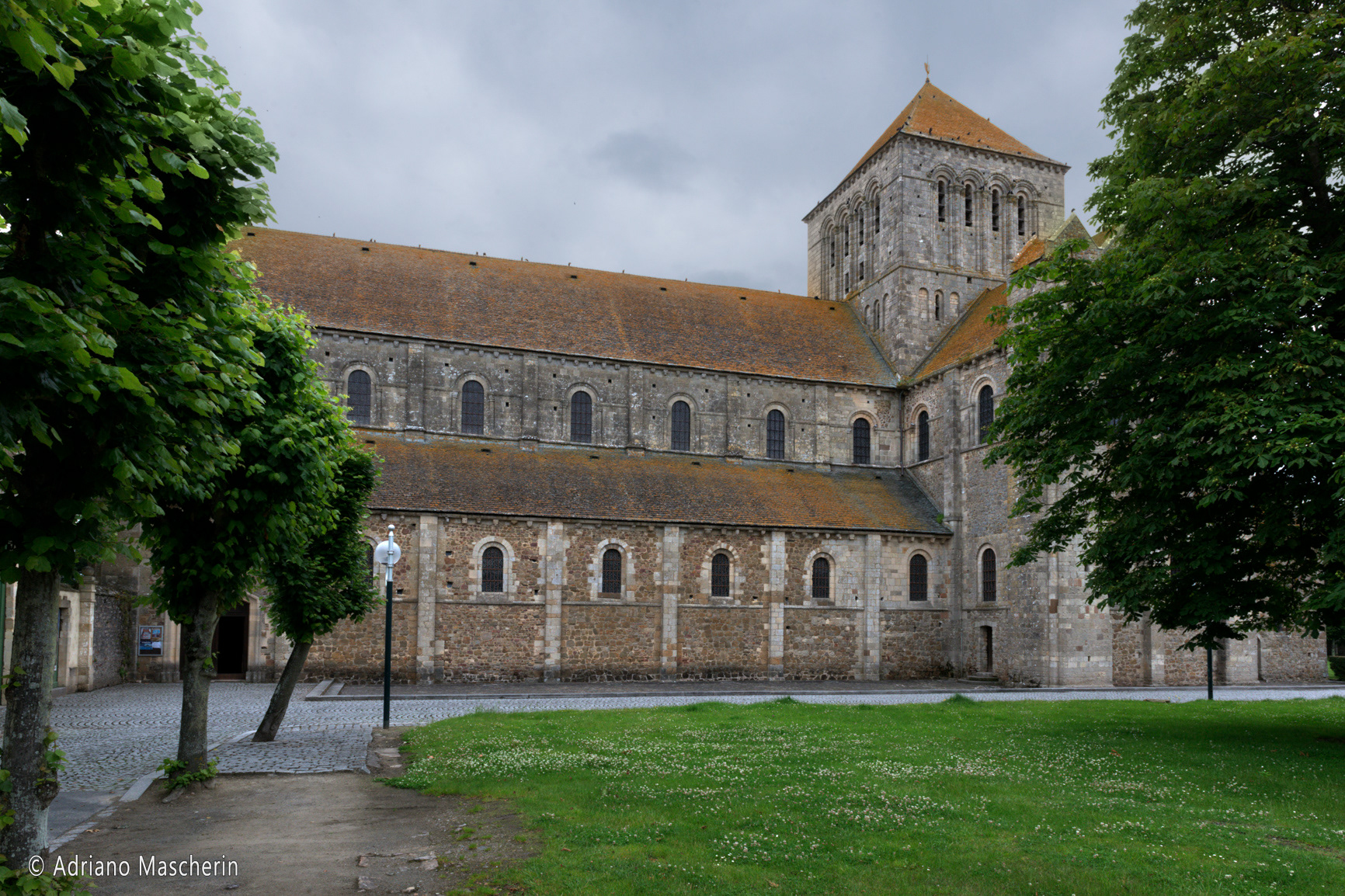
Lessay - Abbaye S.te Trinité de Lessay
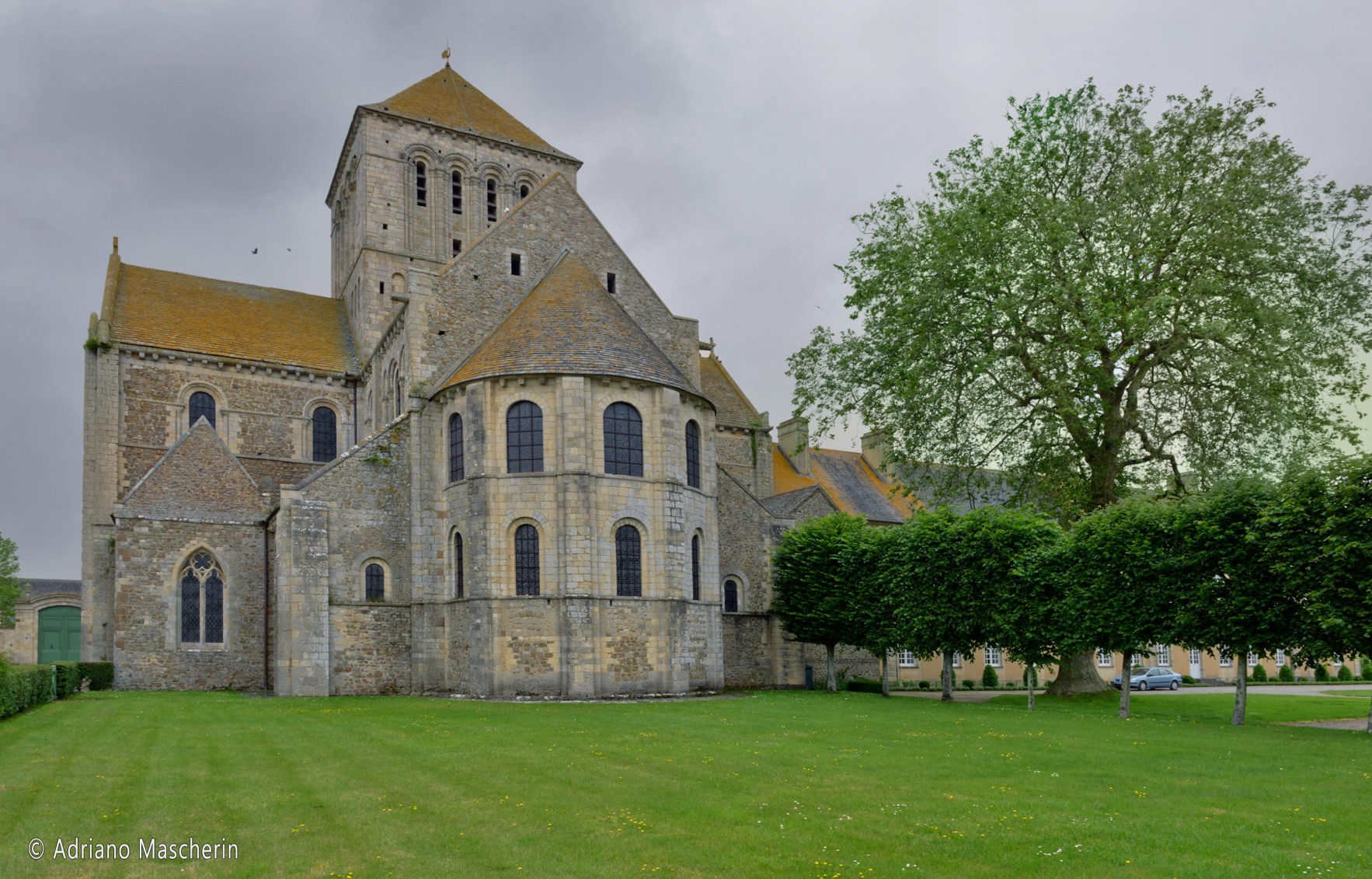
Lessay - Abbaye S.te Trinité de Lessay
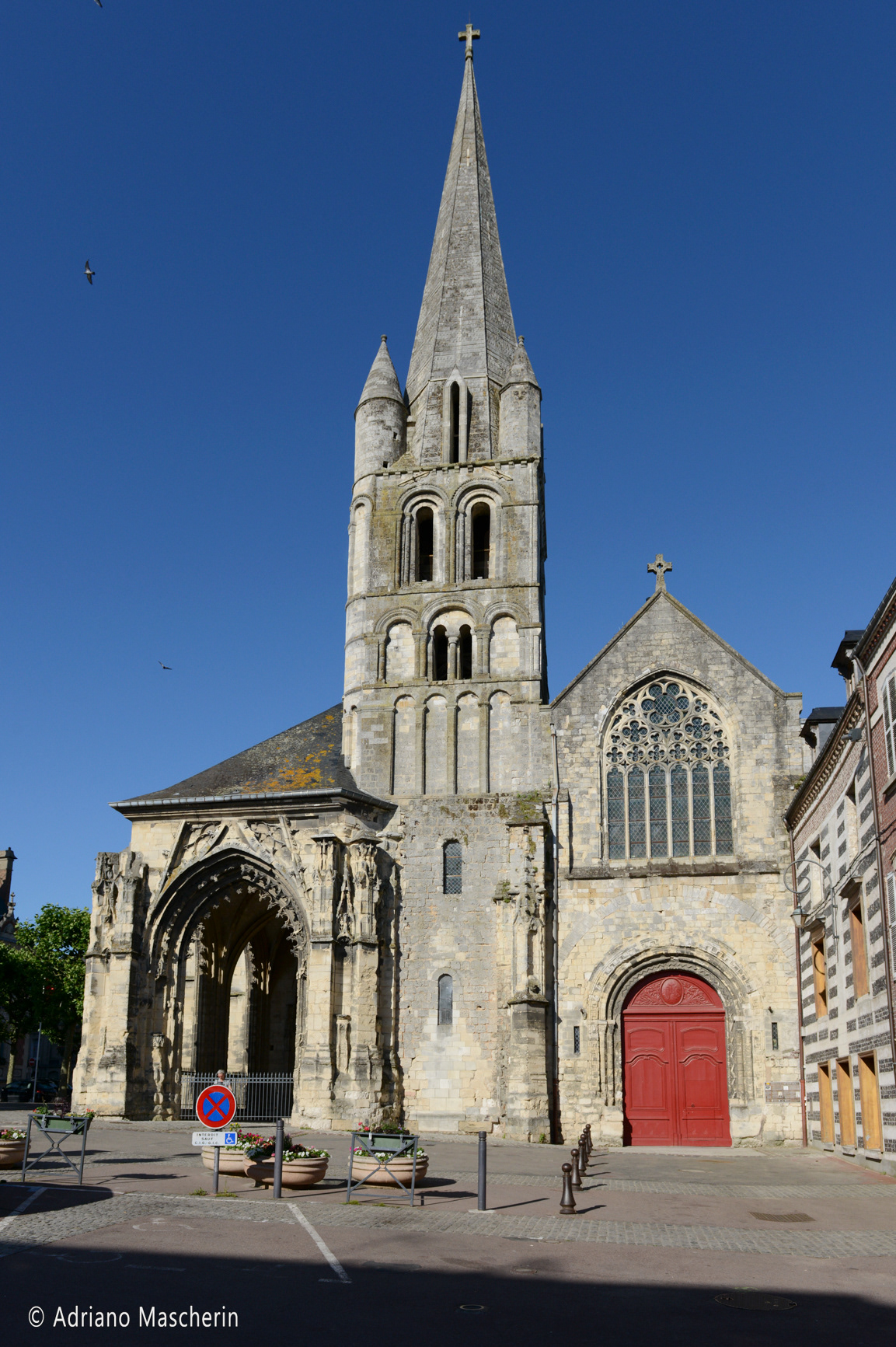
Montivilliers - Eglise St.Sauver
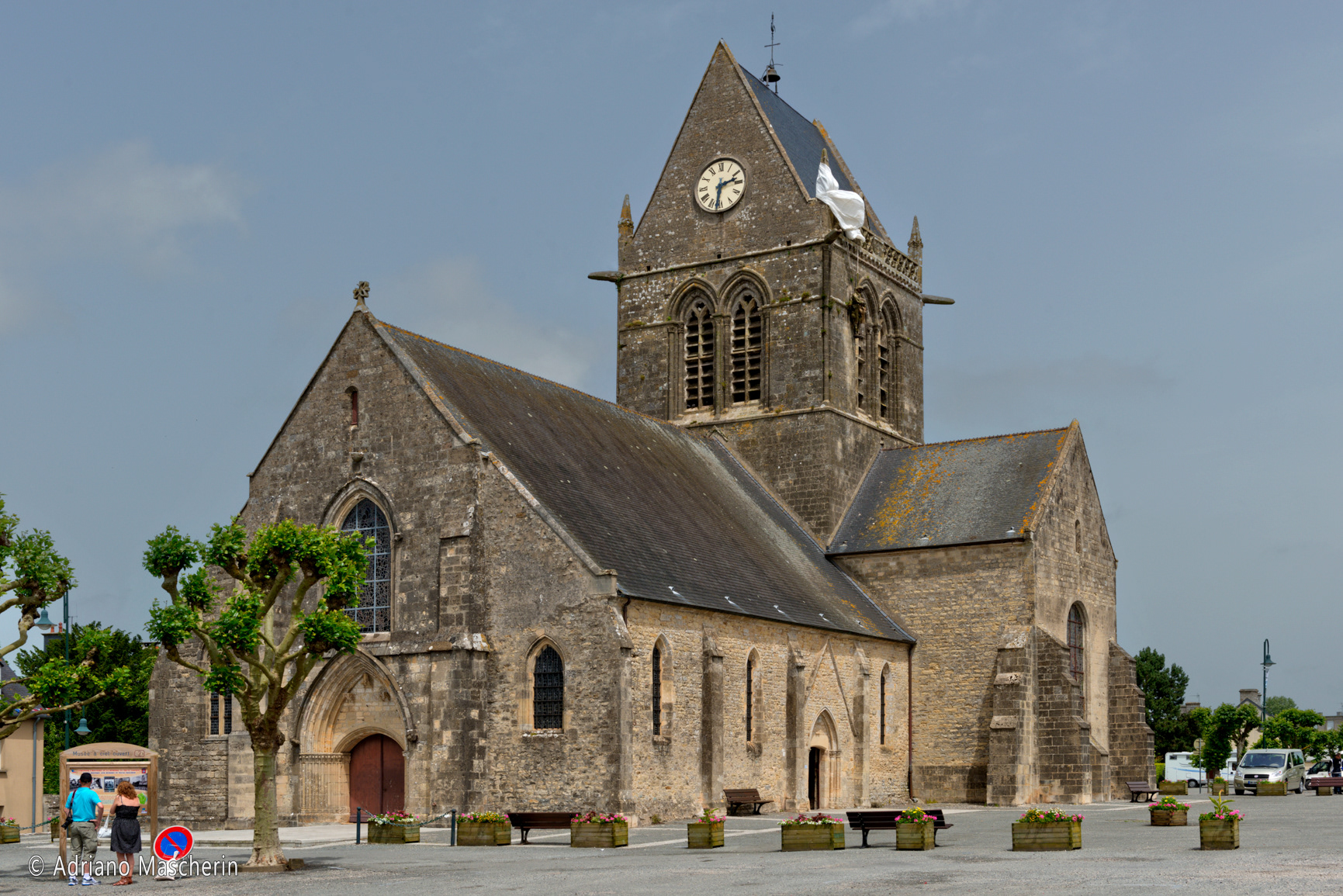
Eglise N.D. Sainte Mère Eglise
